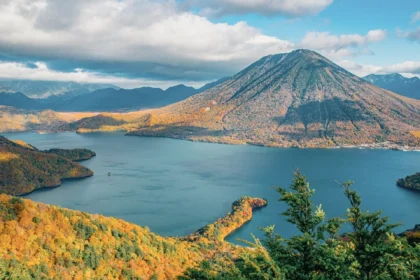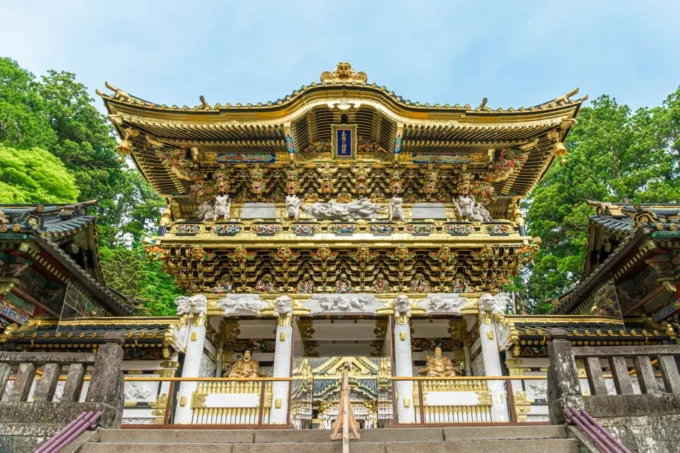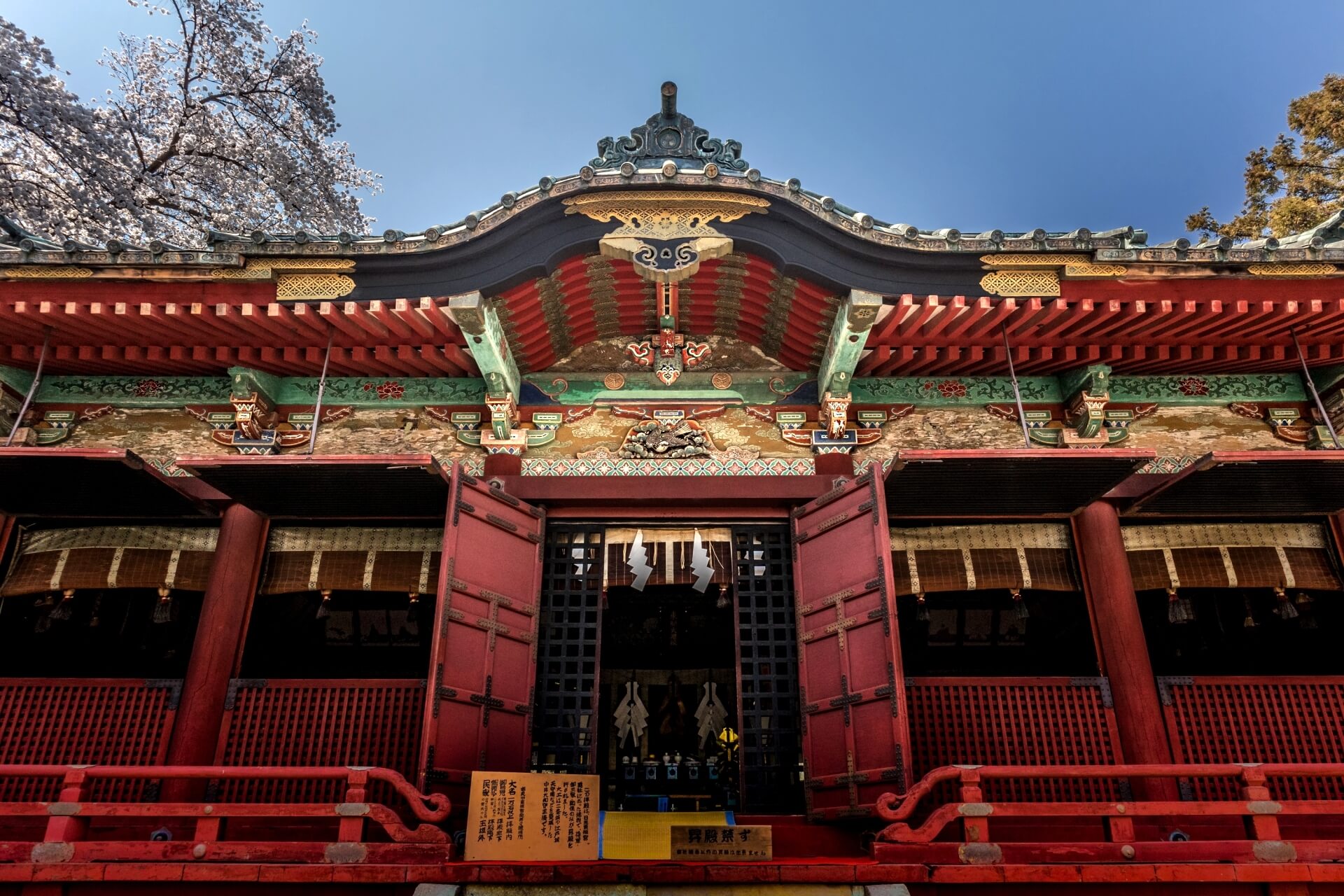
Afforded World Heritage status in 1999, the shrine and temple complex of Nikko ranks as one of Japan’s most beautiful and popular cultural attractions, while the area also boasts beautiful natural attractions within Nikko National Park and multiple hot spring towns that offer escape and relaxation. On this page you will find the following information:
-- 20 Best Things to Do In & Around Nikko
-- Where to Stay In & Around Nikko
Just over two hours from Tokyo, Nikko can be enjoyed as a day-trip from the capital or as an overnight or multi-day visit. The shrine and temple complex can be enjoyed in one day however to get the most out of your time in Nikko, we recommend extending your stay and incorporating multiple destinations and activities into your itinerary. Lake Chuzenjiko and the many attractions within Nikko National Park are within easy reach of the shrine and temple complex and can be enjoyed all-year-round, but without question are at their best in October and November when the autumn leaves of Nikko put on a spectacular display.
If after reading this page you feel inspired to visit Nikko, join our ’1 Day Tour : Explore Nikko’s World Heritage and National Park’ tour!
WHERE IS NIKKO?
Nikko is a small city in Tochigi Prefecture, approximately 150KM / 2.5 to 3 hours to the north of Tokyo. Nikko is most famous for its striking Shinto shrines and mausoleums, that commemorate Tokugawa Ieyasu – the founding ruler of the Tokugawa Shogunate. Inscribed on the World Heritage list in 1999, the Nikko shrine and temple complex attracts millions of visitors each year. Nikko and the surrounding region also boasts ‘onsen’ (natural hot spring) towns and the natural attractions of Nikko National Park. For visitors heading to Nikko from Tokyo, it is quick and easy to reach with a range of train services connecting the two – the easiest of which takes just under 2-hours, using the Tohoku Shinkansen to Utsunomiya Station and then transferring to the local JR Nikko Line. For full details, see ‘Getting to & Around Nikko’ below.
20 BEST THINGS TO DO IN & AROUND NIKKO
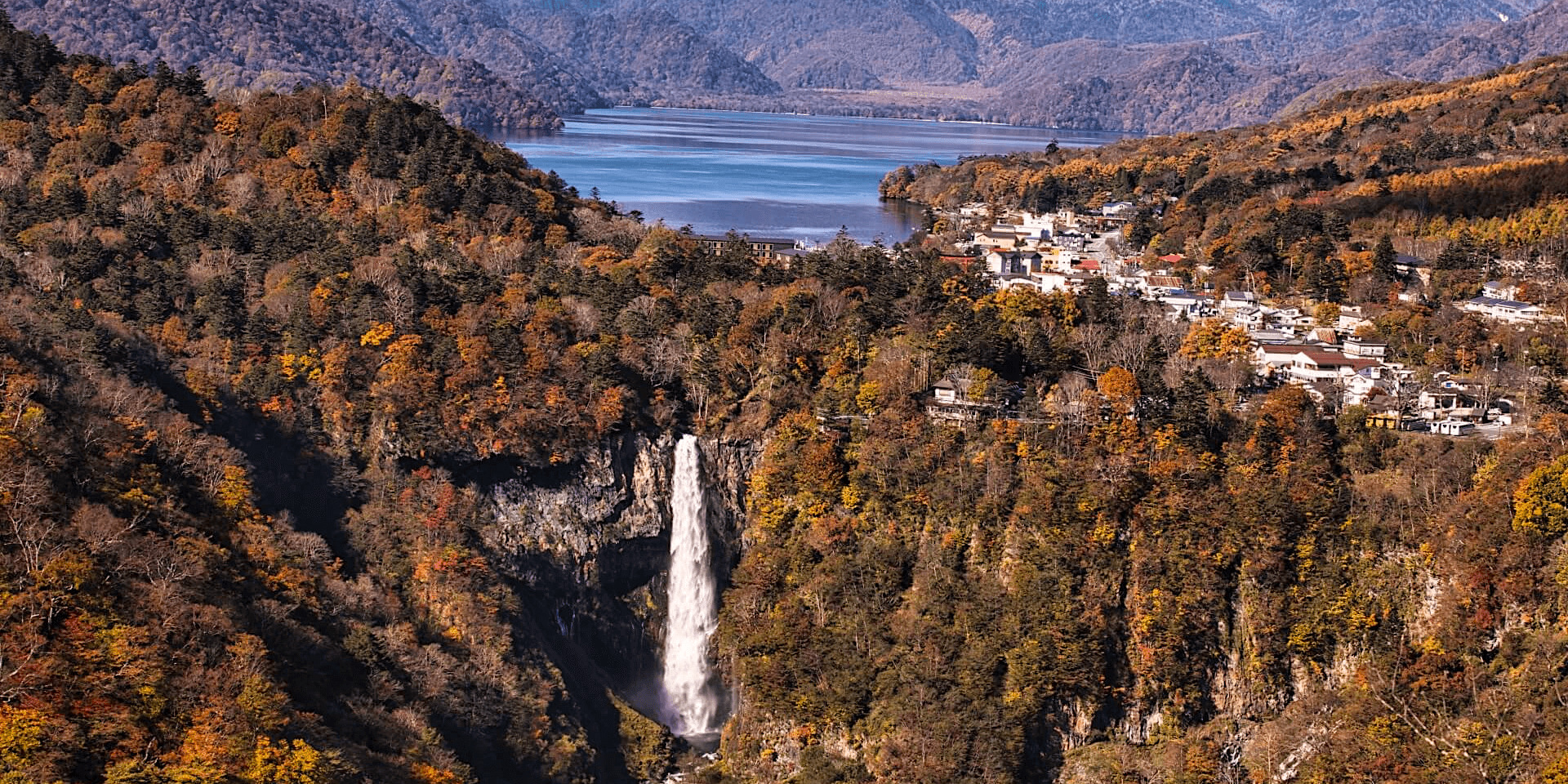
For many international visitors to Japan, Nikko is one of their ‘must-visit’ destinations thanks for the 17th century shrines and temples that are arguably the most beautiful historic buildings in the country. Spread across the Shinto shrines complexes of the ‘Toshogu’ and ‘Futarasan’ and the Buddhist temple complex of ‘Rinno-ji’, the Nikko shrine and temple complex comprises one hundred and three religious buildings set amongst a splendid natural setting. The main buildings of interest lie within an area of a couple of kilometres, making them easy to access on-foot or using frequent bus services that loop around the main sites. It is a destination that can be enjoyed all-year-round as each season highlights the beauty of the complex in a different manner. Indeed, while the shrines and temples are what draws most visitors to Nikko, once there you’ll discover a beautiful region of natural landscapes including waterfalls, gorges, hiking trails and hot spring towns worth taking time to enjoy over multiple days. Here’s our recommendation of the best things to do when visiting Nikko:
1 / NIKKO TOSHO-GU SHRINE / all year round
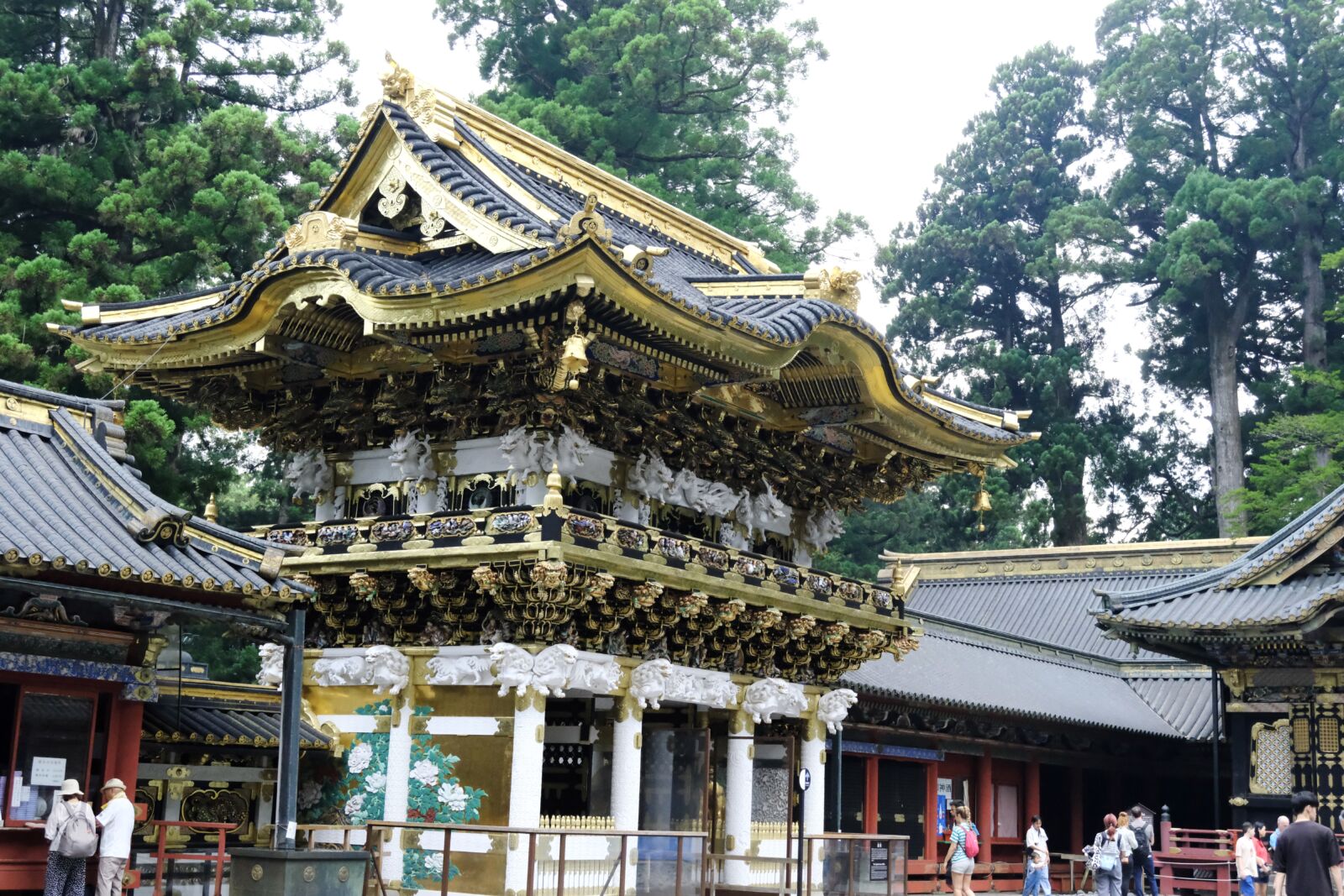
Nikko Toshogu Shrine (日光東照宮) is dedicated to Tokugawa Ieyasu, founder of to the Tokugawa Shogunate that ruled Japan through its celebrated Edo Period (1603-1868). In conjunction with ‘Futarasan’ and ‘Rinno-ji’, the Toshou-gu is one of three shrine and temple precincts that make-up the entire Nikko complex. Of the complex’s 103 structures, 42 are found within the Tosho-gu including eight buildings also afforded the status of a ‘National Treasure’ and three deemed ‘Important Cultural Properties’.
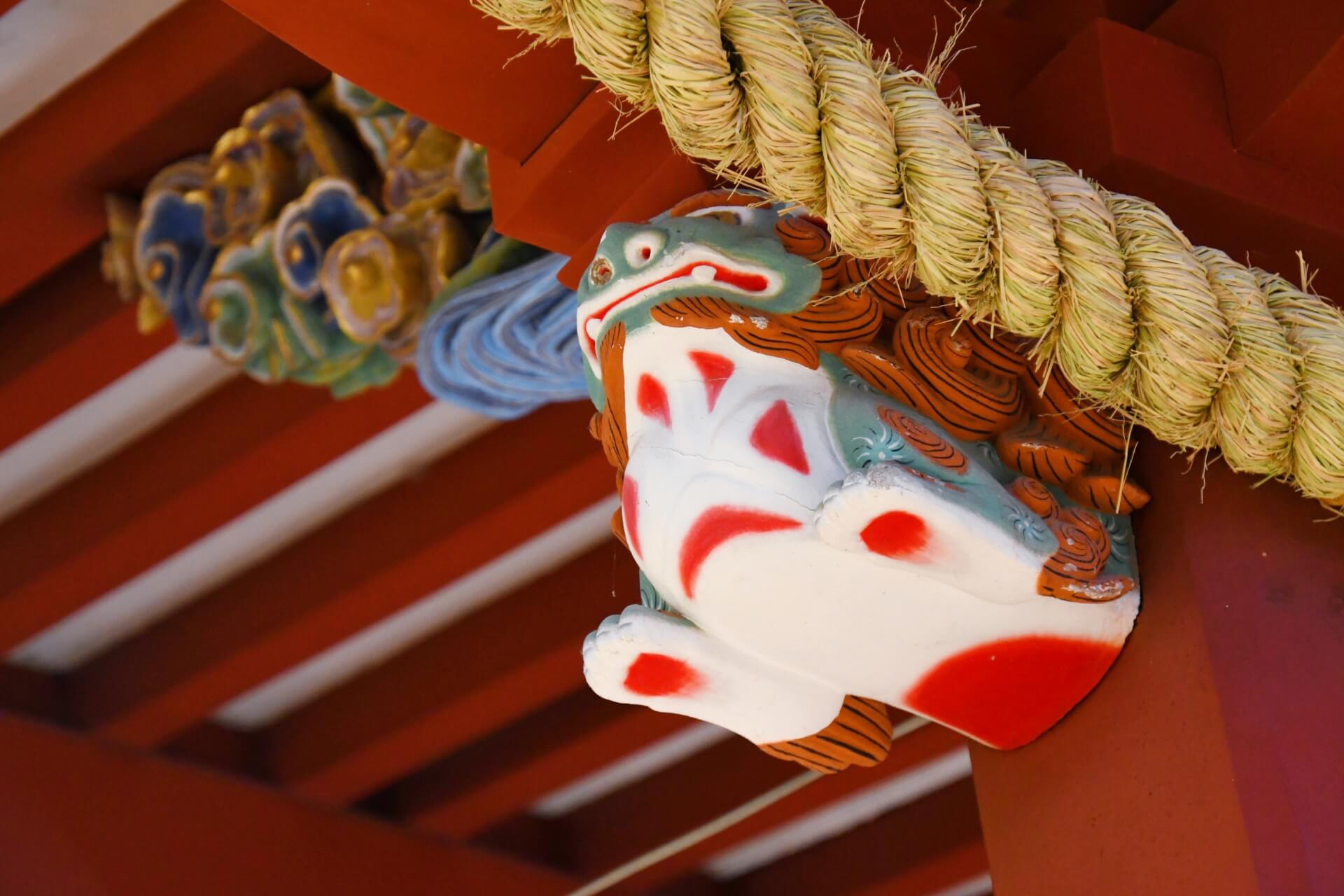
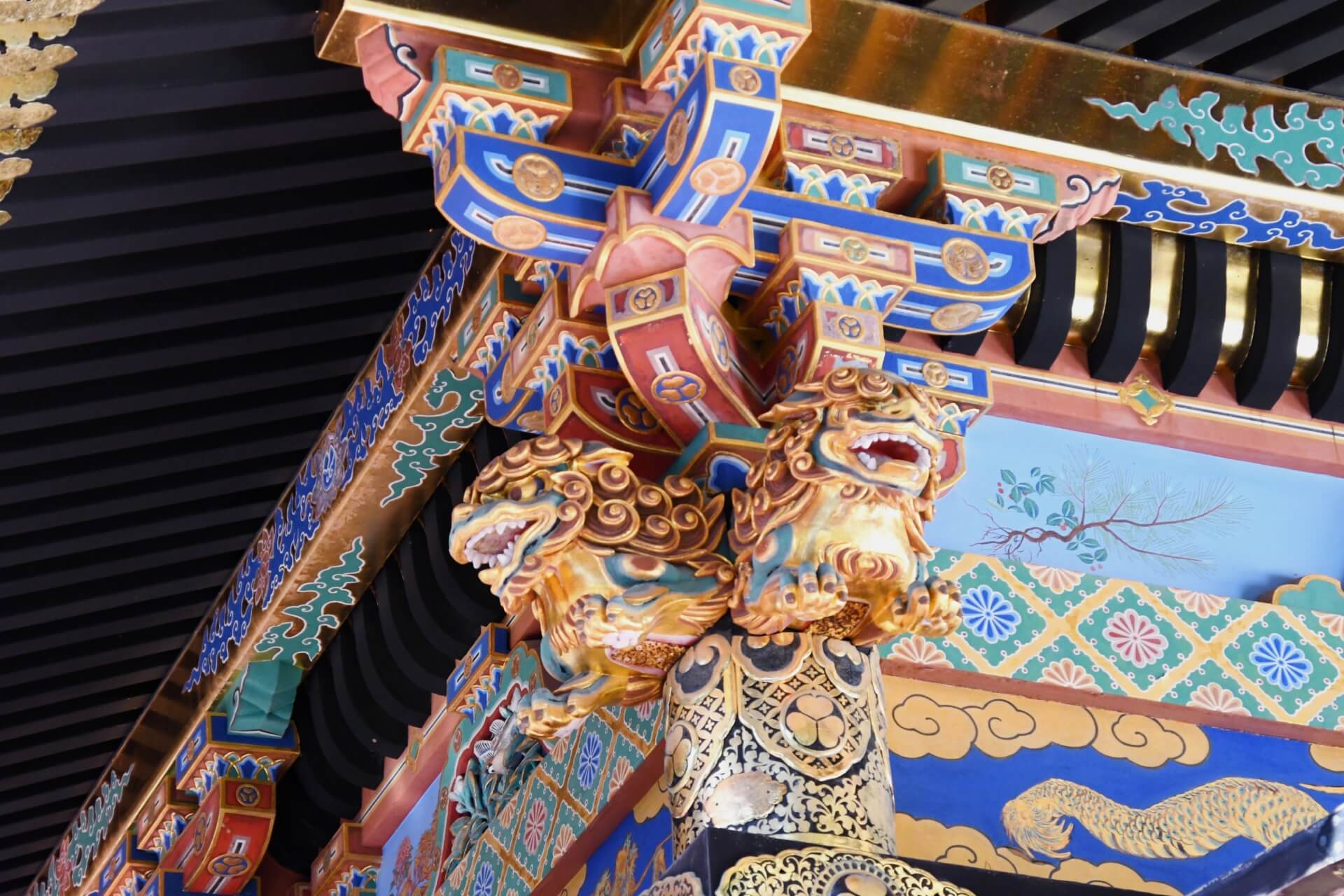
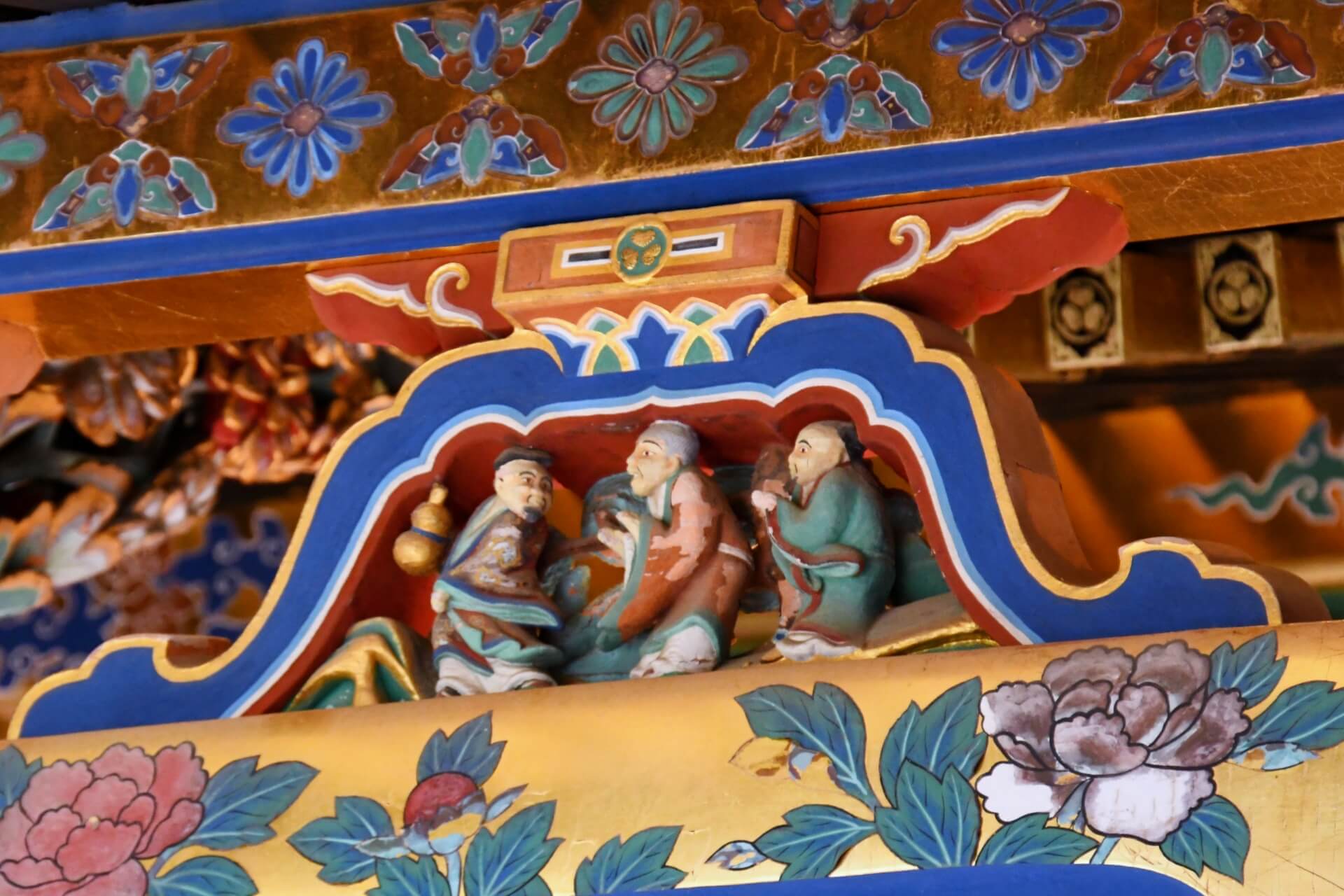
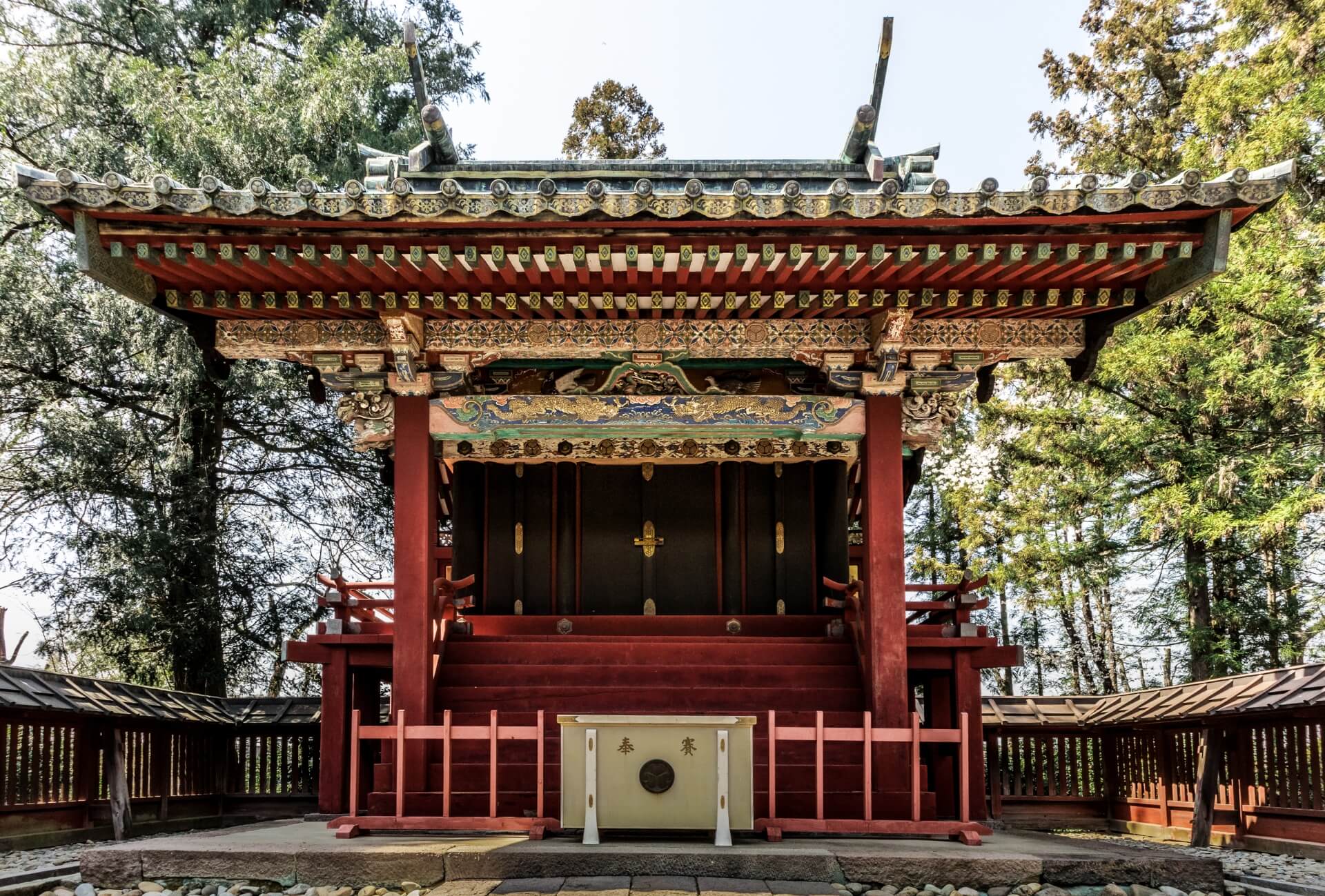
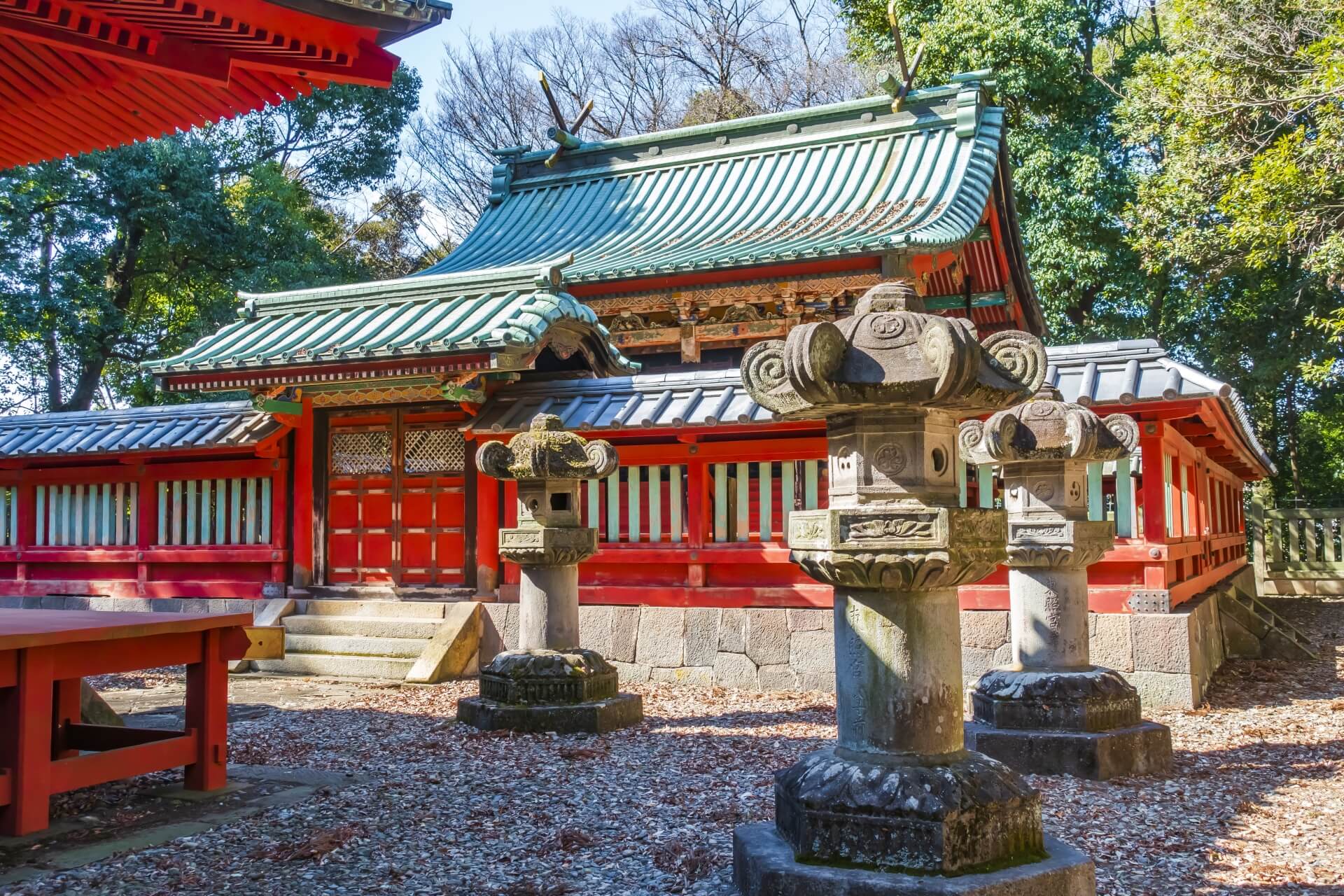
Tokugawa Ieyasu is enshrined at the Tosho-gu as a deity called ‘Tosho Daigongen or ‘Great Deity of the East Shining Light’. The complex was originally simple and subdued in its design however it was lavishly expanded by the third Tokugawa shogun and Ieyasu’s grandson, Tokugawa Iemitsu in the first half of the 17th century and the complex that visitors can enjoy today.
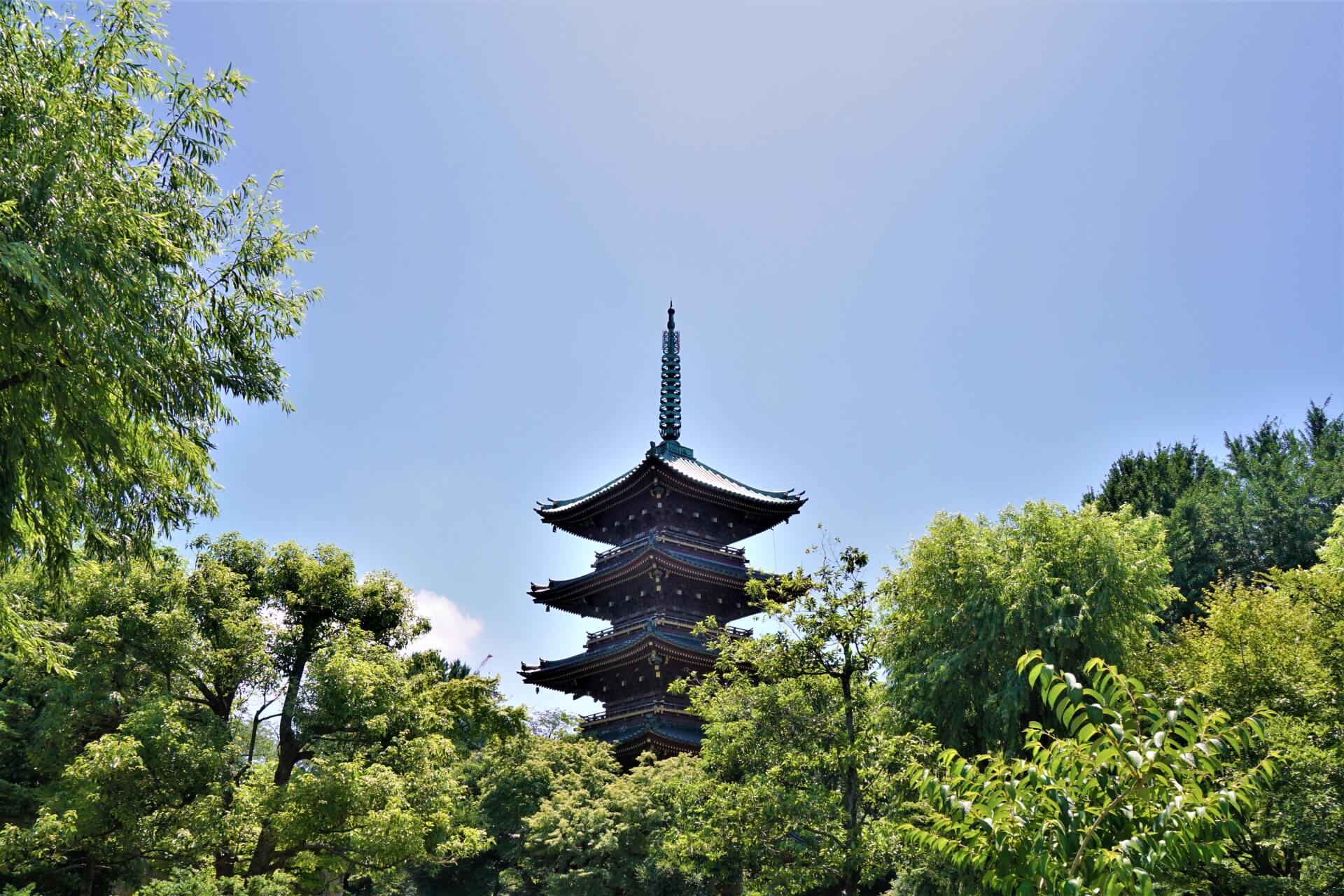
The Tosho-gu’s more notable buildings include ‘Yomeimon’ and ‘Karamon’ gates, the ‘Hojindo’ its five-storey pagoda, ‘Kagura-den’, and ‘Kamjinko’. The famous monkeys of the Tosho-gu and their charismatic ‘hear no evil, speak no evil, see no evil’ pose can be found on the former shrine stable. Open daily from 09:00 to 17:00 (until 16:00 from November to March), admission costs JPY1300 for the shrine, JPY1000 for the museum or JPY2100 for a combined shrine and museum ticket. Last entry is 30-minutes before closing.
2 / TAIYUIN TEMPLE / all year round
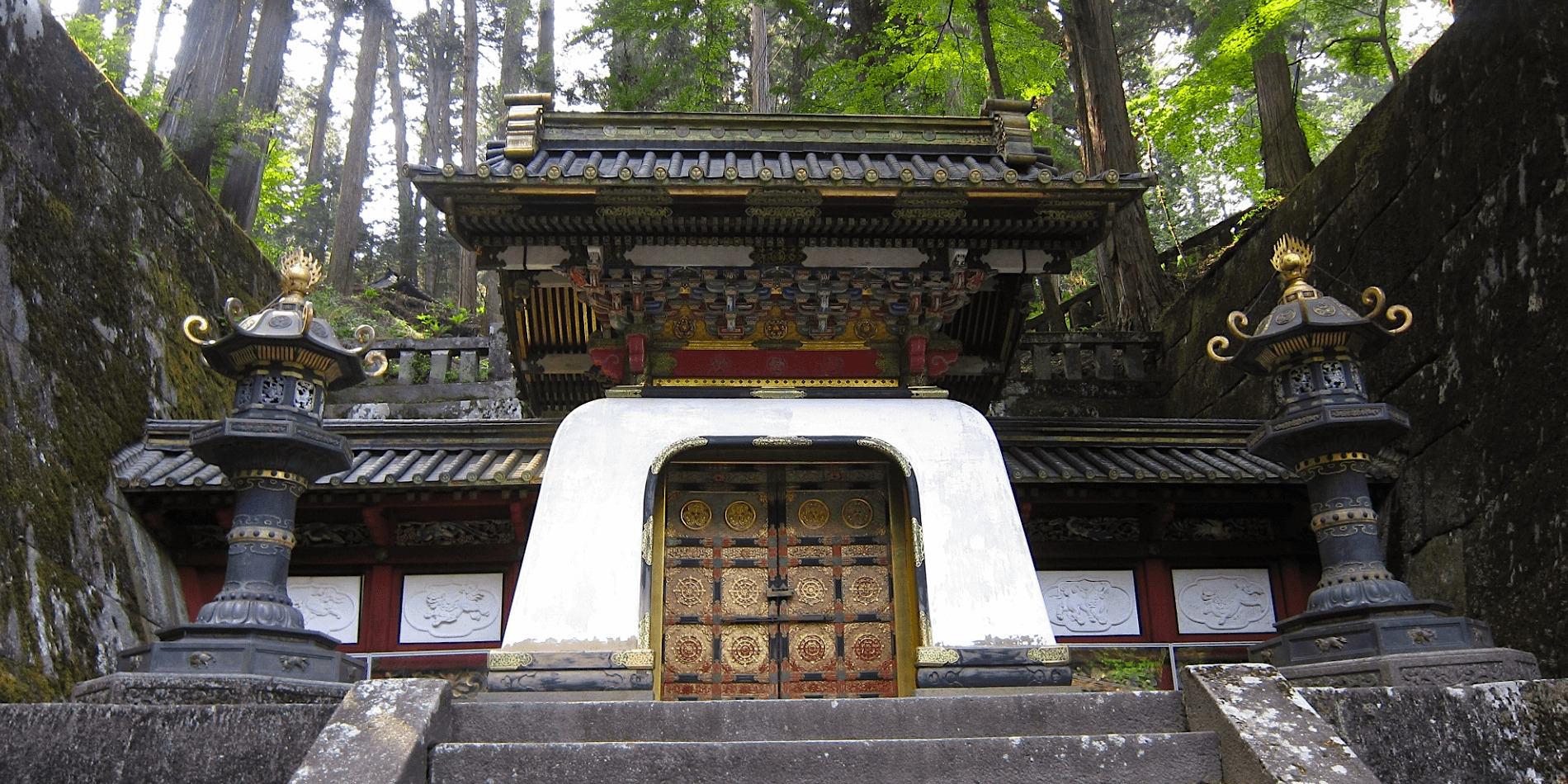
Located around 500 metres from the Tosho-gu, the ‘Taiyuin’ (大猷院) is the mausoleum of the third Tokugawa shogun, Tokugawa Iemitsu. It was Iemitsu expansion of the original complex in dedication to this grandfather that has gifted us the cultural treasure we can still enjoy today. The Taiyuin is lavish in its design but intentionally more subdued than the Tosho-gu, in deference to his grandfather.
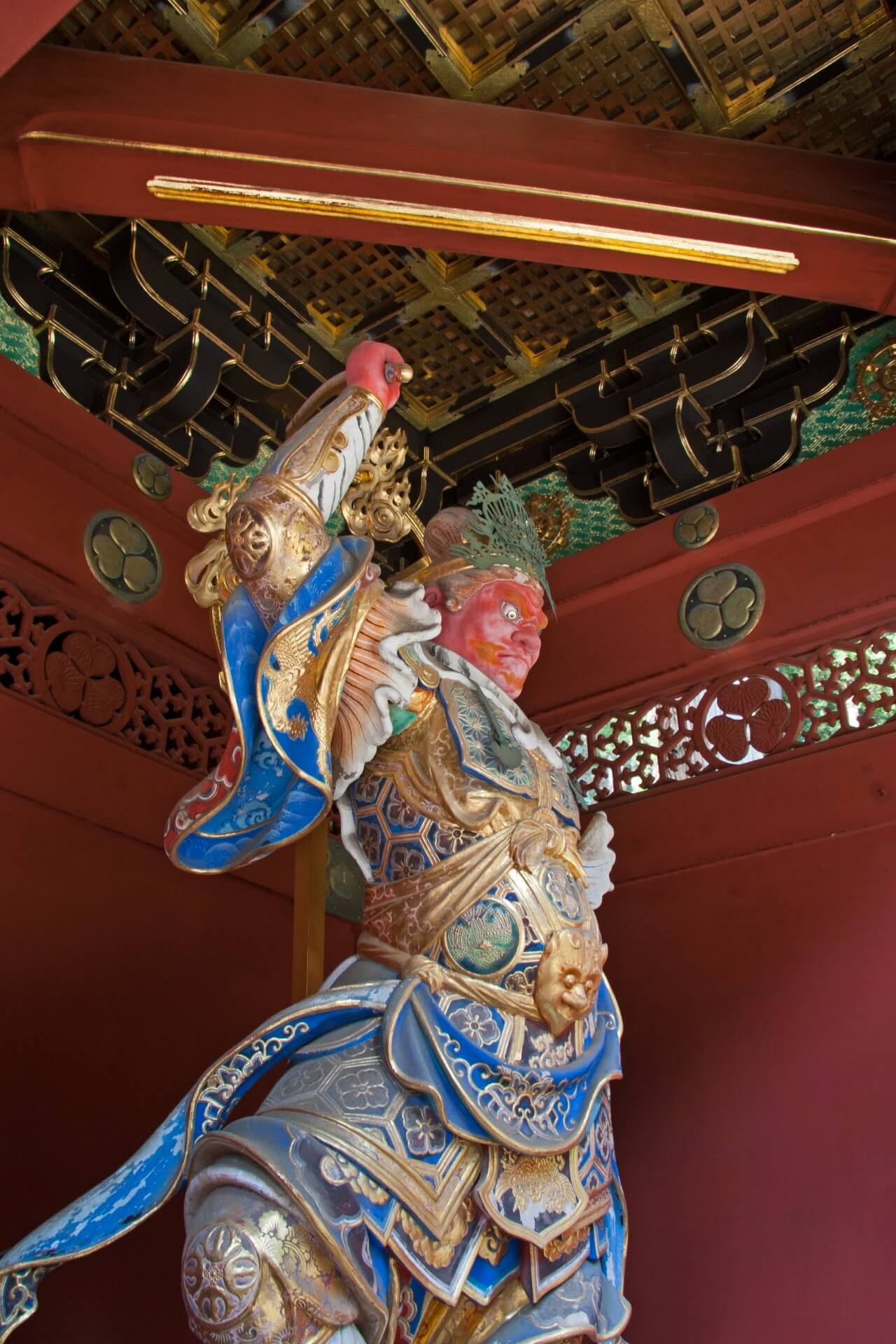
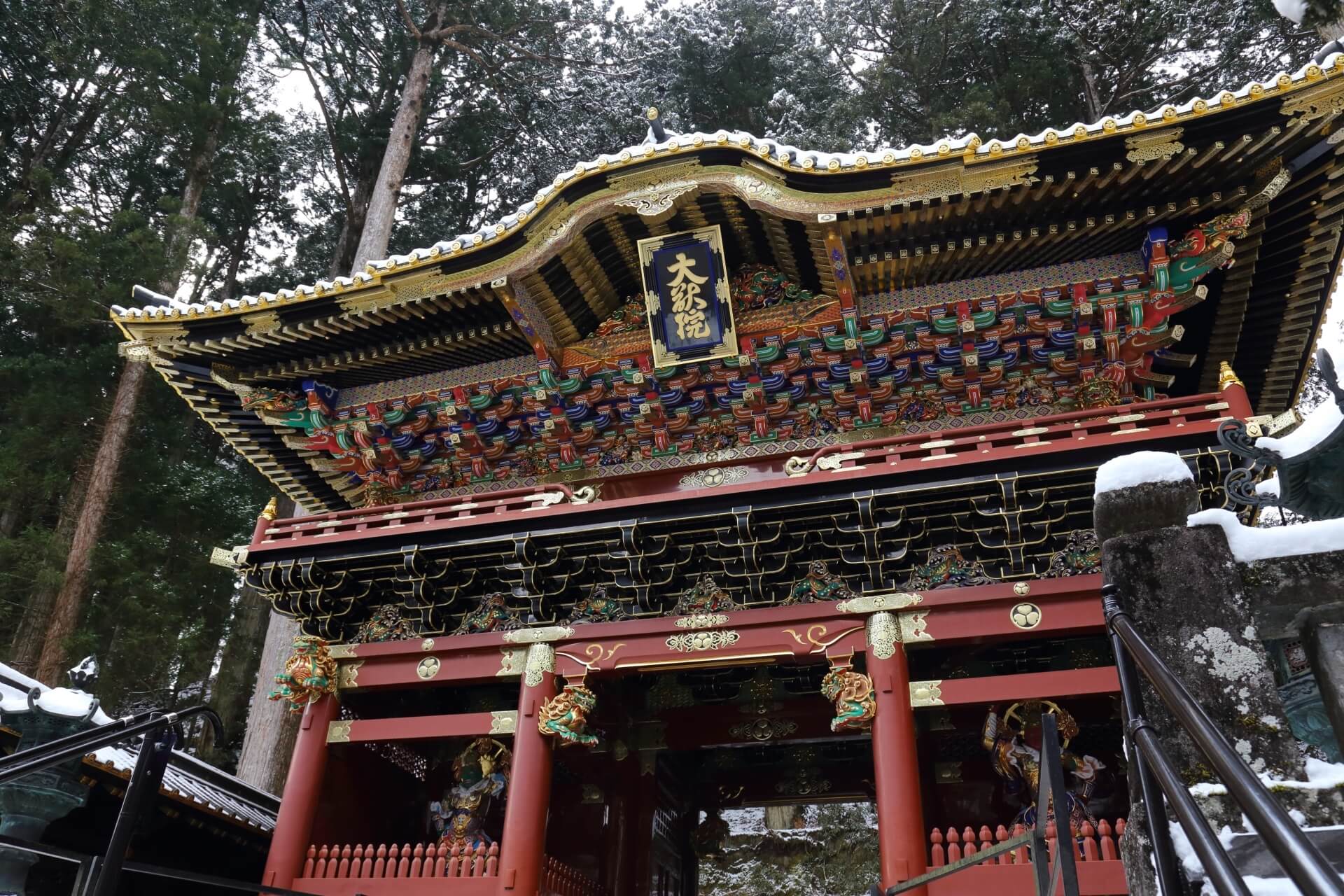
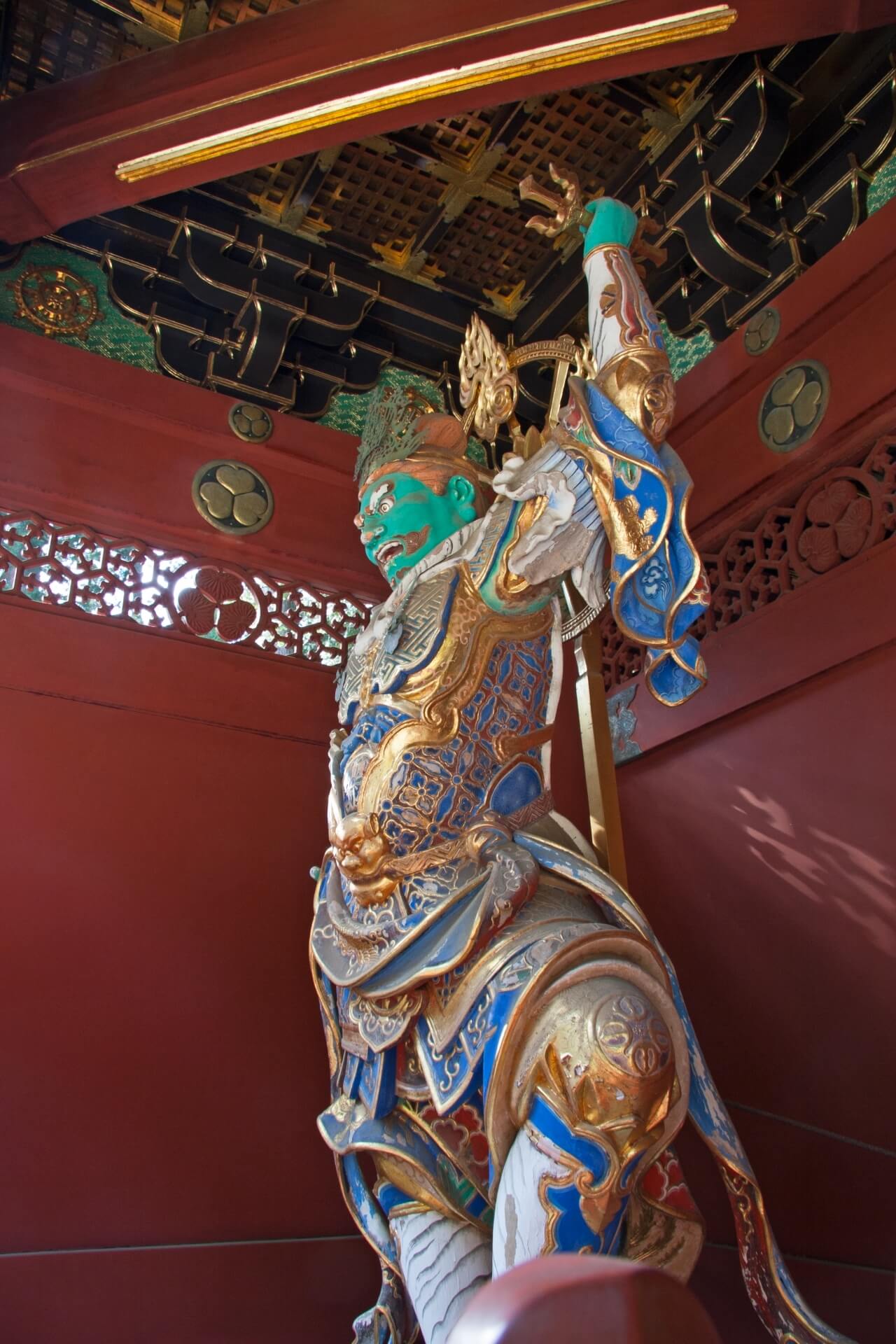
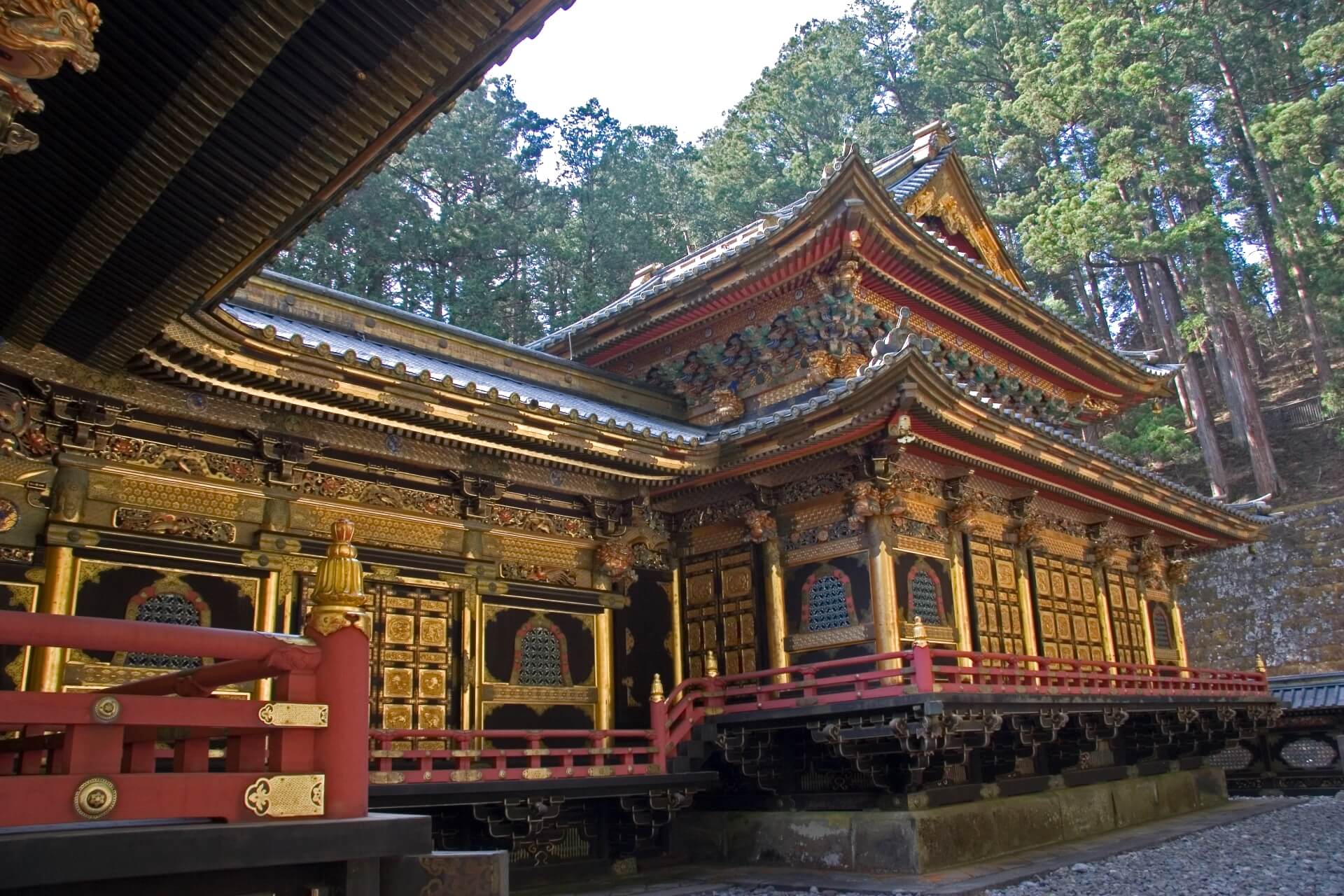
The Taiyuin mixes Shinto and Buddhist structures and traditions – reflecting a design tradition seen throughout the Nikko complex – with its ‘Niomon’ and ‘Nitemon’ gates, ‘Haiden’, ‘Honden’ and other buildings all elaborately decorated. Open daily from 08:00 to 17:00 (until 16:00 from November to March), admission to the Taiyun costs JPY500 or JPY900 for the Taiyun and Rinno-ji / Sanbutsudo. Last entry is 30-minutes before closing.
3 / FUTARASAN SHRINE / all year round
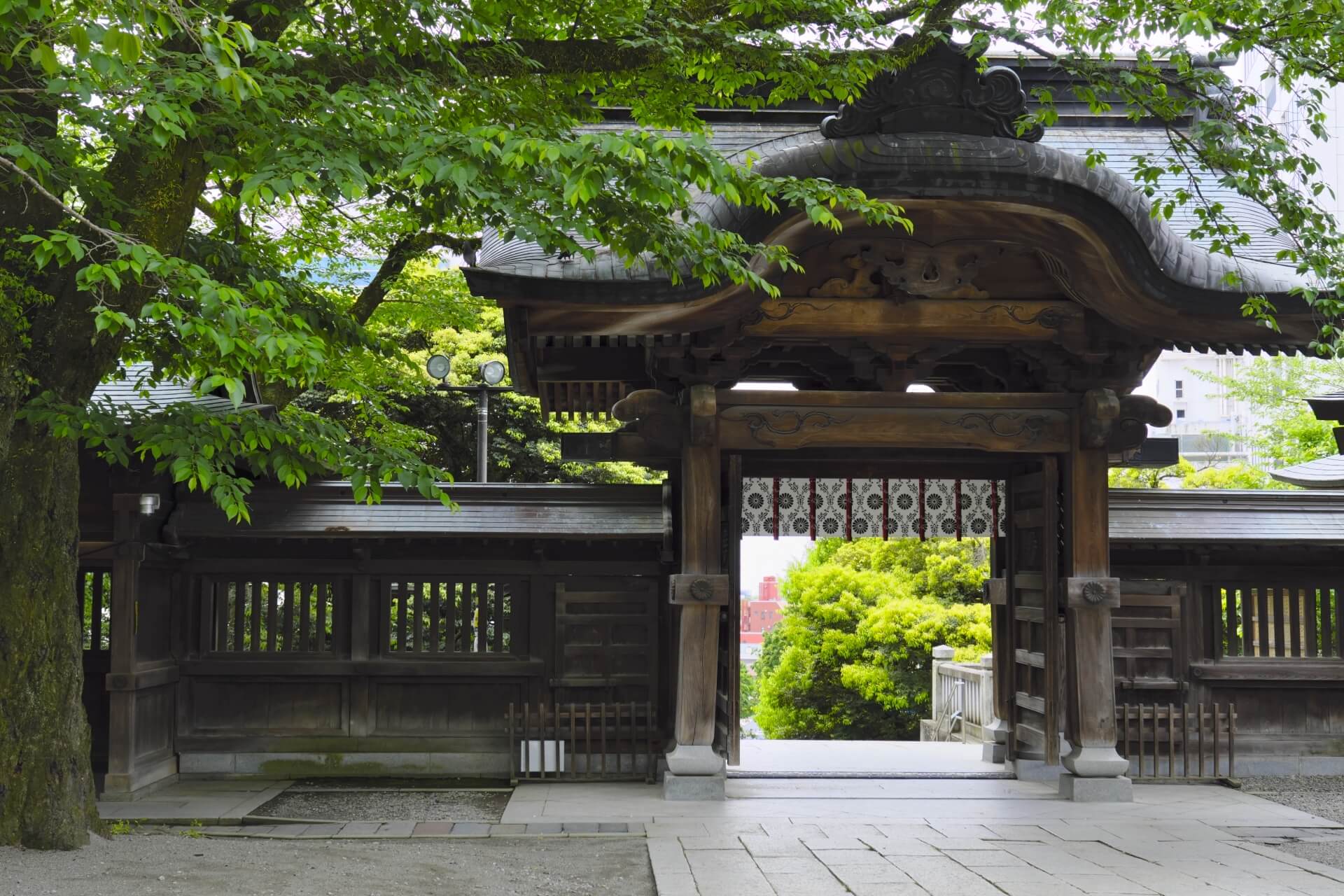
The ‘Futarasan’ (二荒山神社) shrine sits between the Taiyuin and Tosho-gu and predates the more lavish structures of those complexes. It is dedicated to the Shinto deities of Nikko three most sacred mountains – Mount Nantai, Mount Nyoho and Mount Taro. Though it may be less spectacular than the Taiyuin and Tosho-gu, the Futarasan is an important part of the overall complex that speaks to the importance of nature worship in Shintoism, and actually extends to around 3400 hectares, taking in the mountains themselves which lie within Nikko National Park.
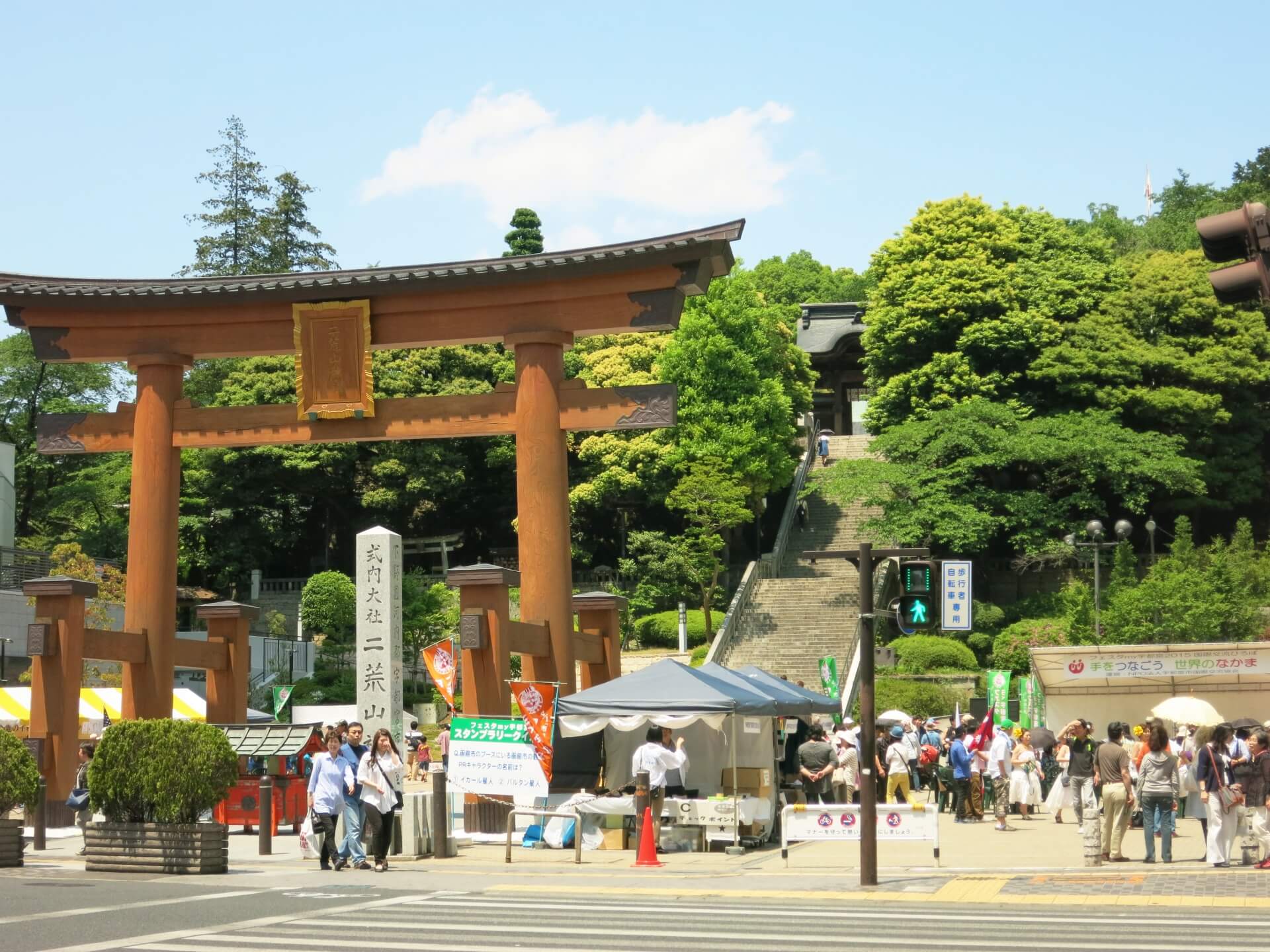
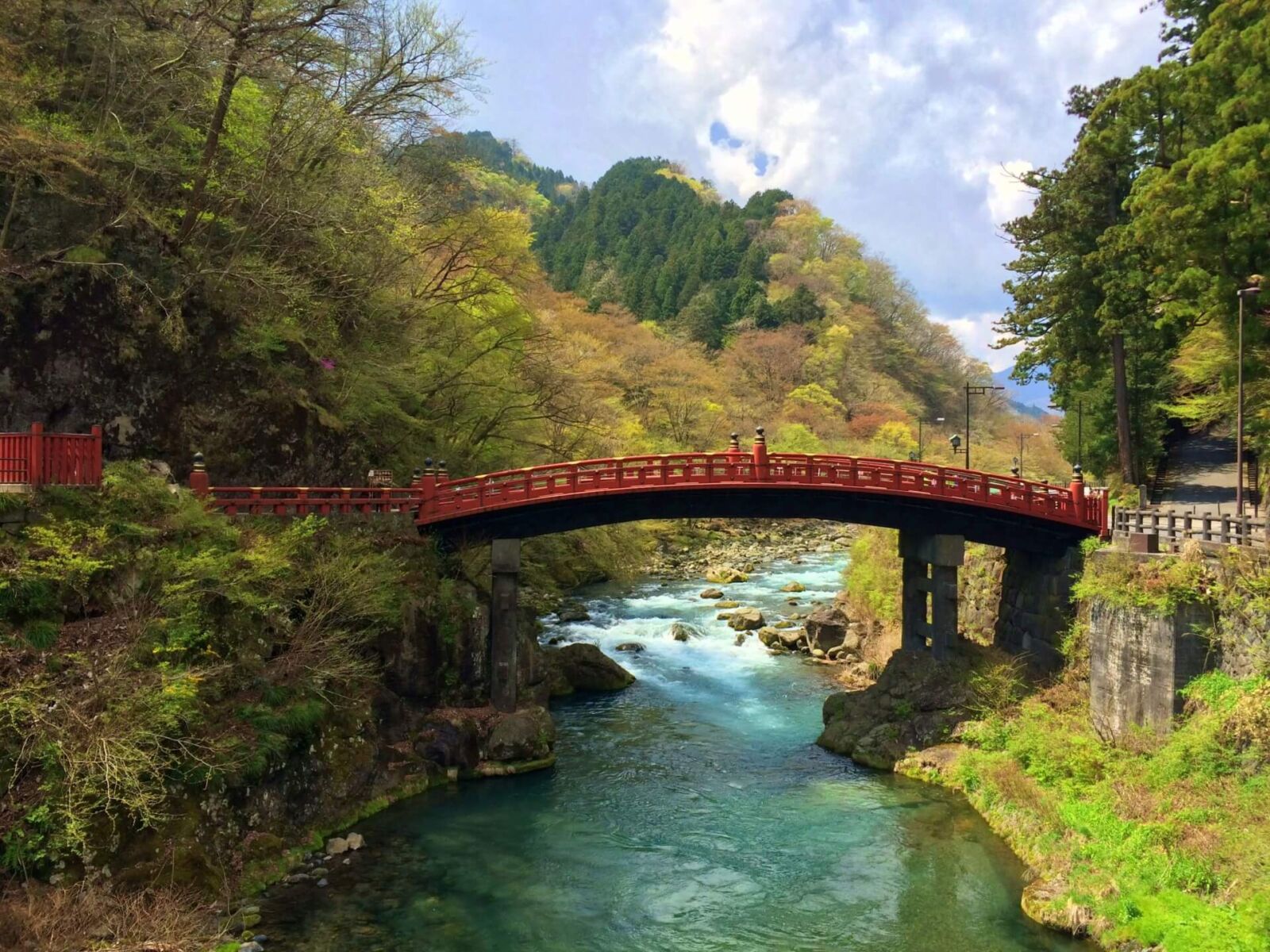
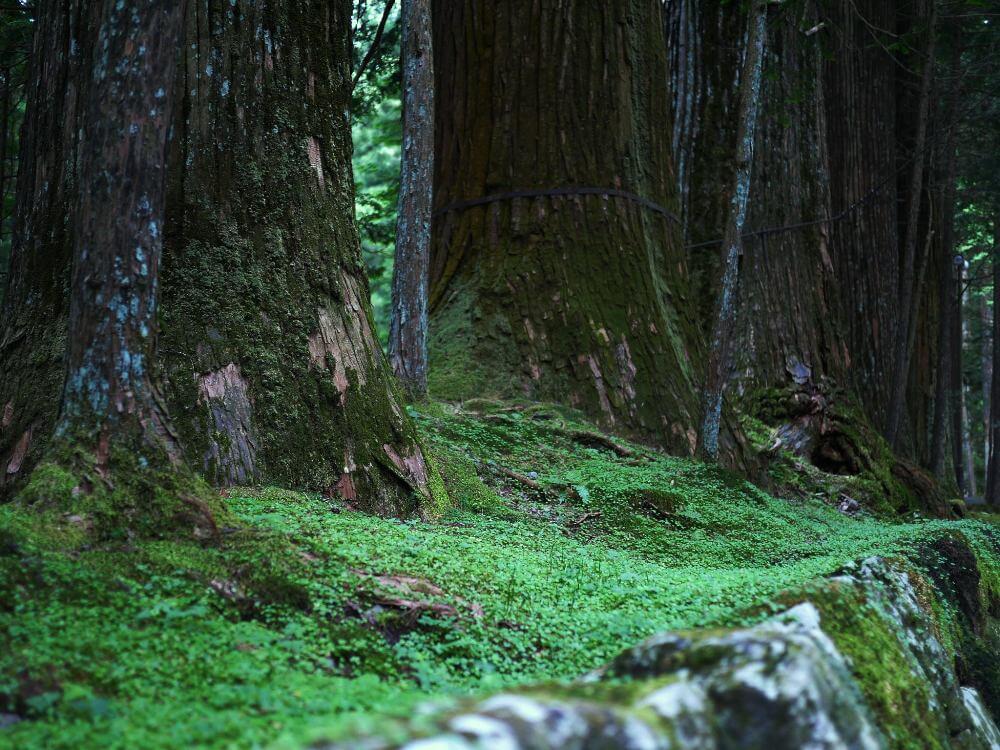
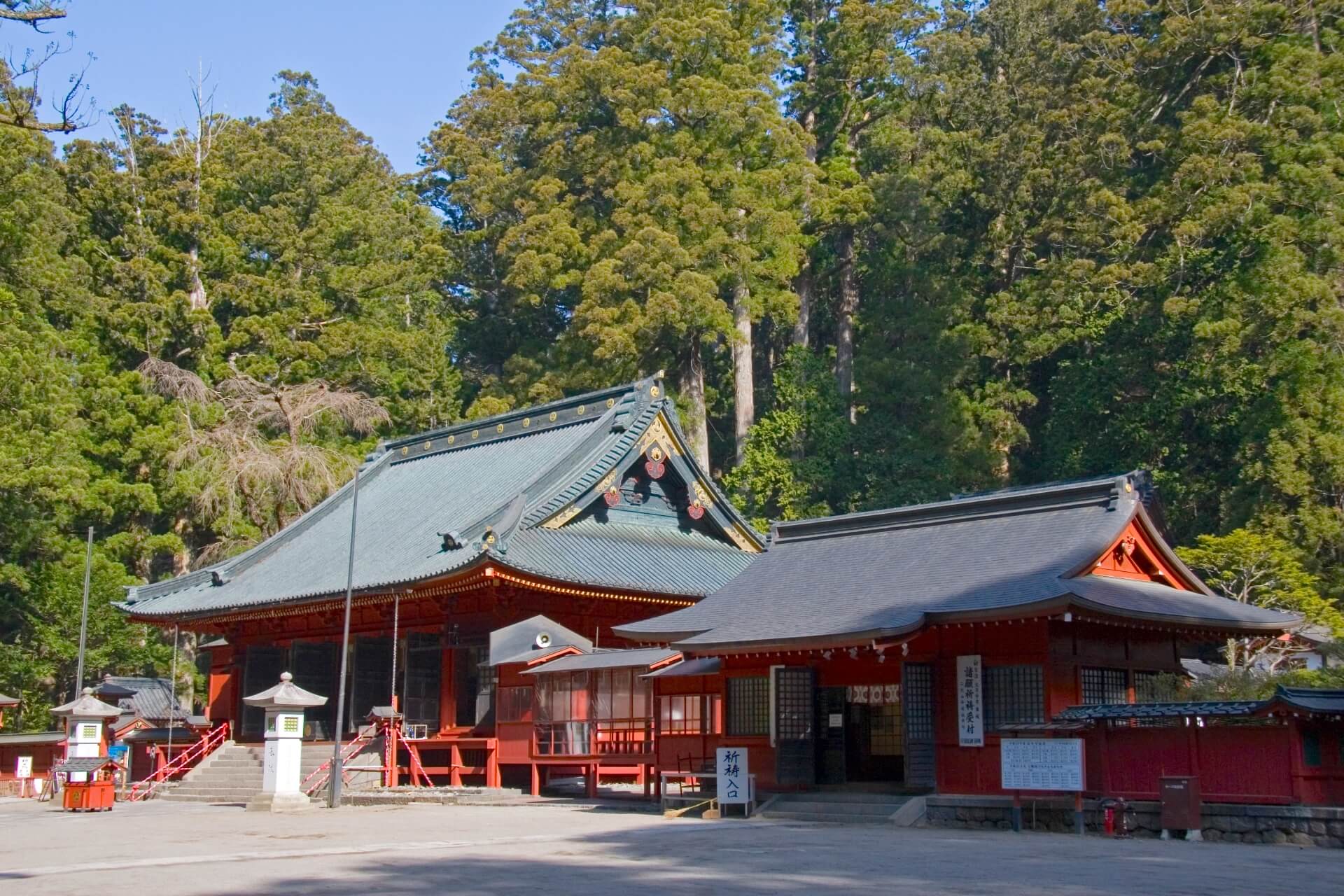
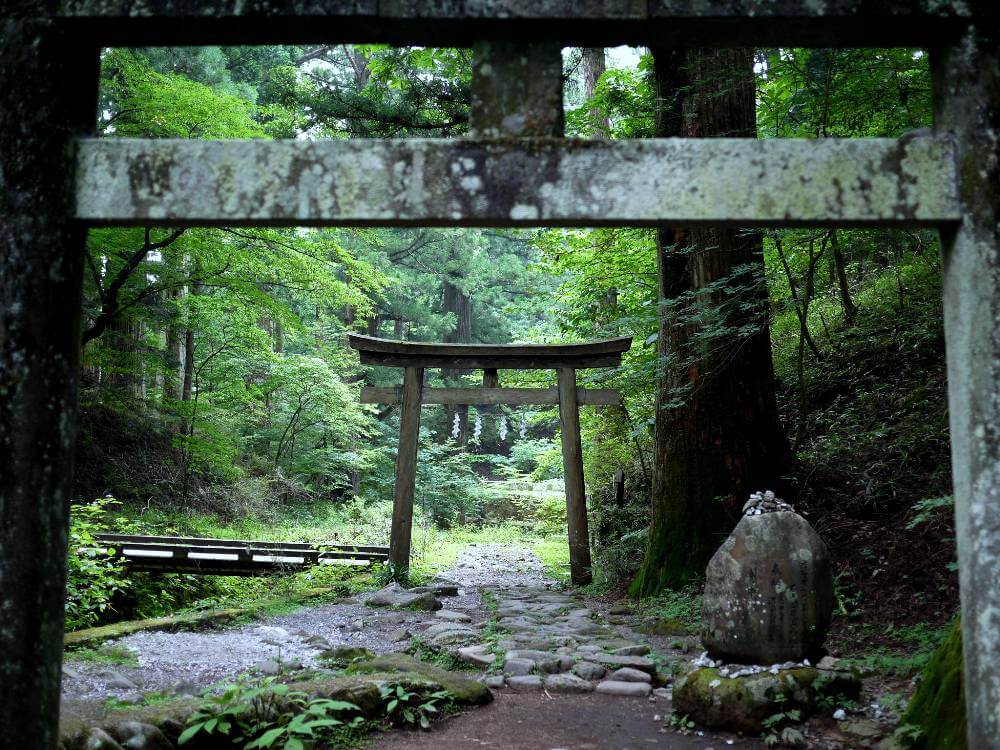
Open daily from 08:00 to 17:00 (until 16:00 from November to March), with last entry is 30-minutes before closing. Admission is free other than for a small paid area of the shrine, costing JPY300.
4 / RINNO-JI TEMPLE / all year round
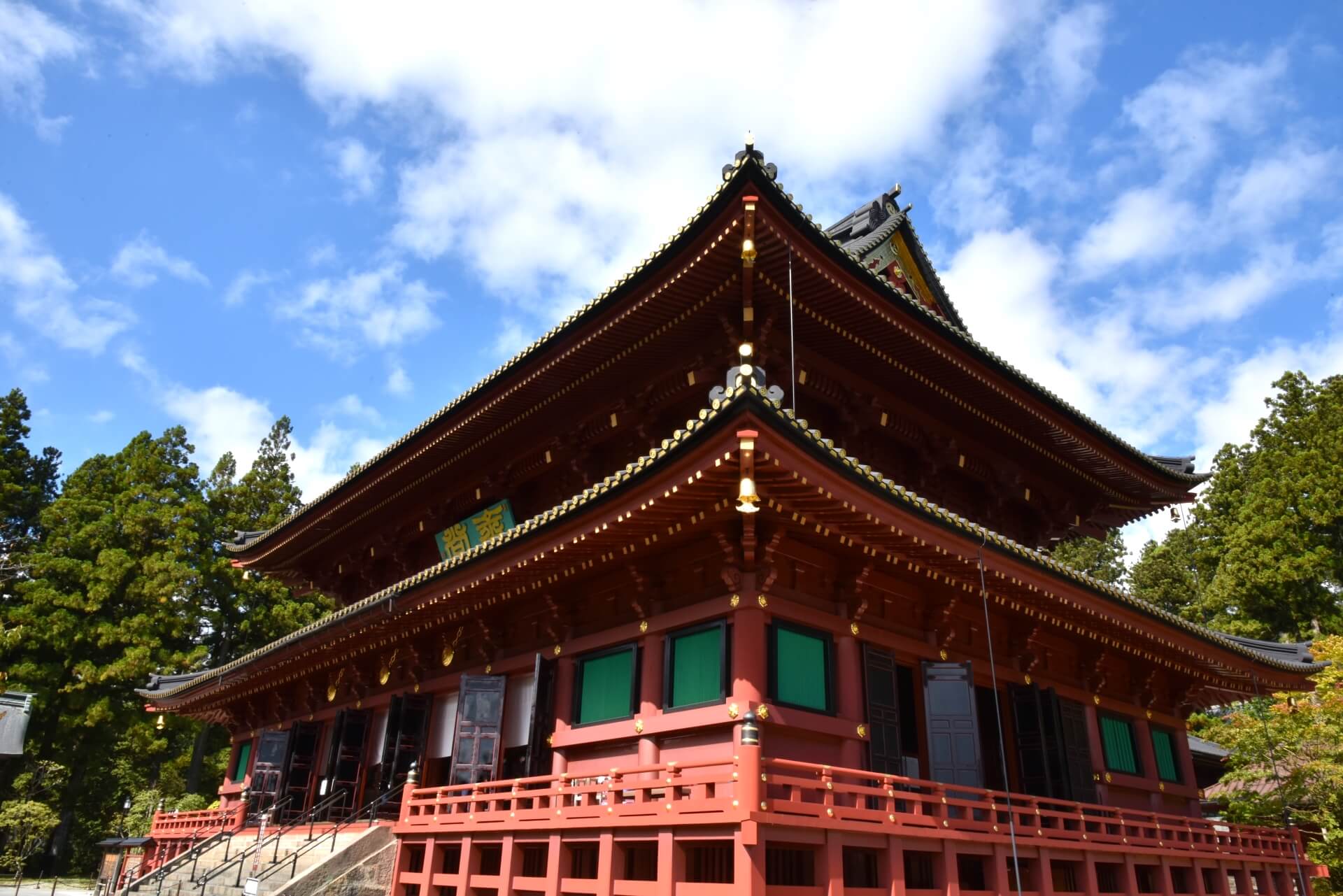
Rinno-ji (輪王寺) makes-up the final major component of the Nikko complex. Founded in the 8th century, it is Nikko’s most important Buddhist temple, dedicated to ‘Amida Nyorai’ (the historical Buddha) and two forms of the bodhisattva Kannon, the ‘Senju-Kannon’ and ‘Bato-Kannon’ in the main temple building, known as the ‘Sanbutsudo’. Each is considered a Buddhist manifestation of one of the three mountain deities enshrined at Futarasan and again underscoring the interwoven faith systems of Buddhism and Shintoism.
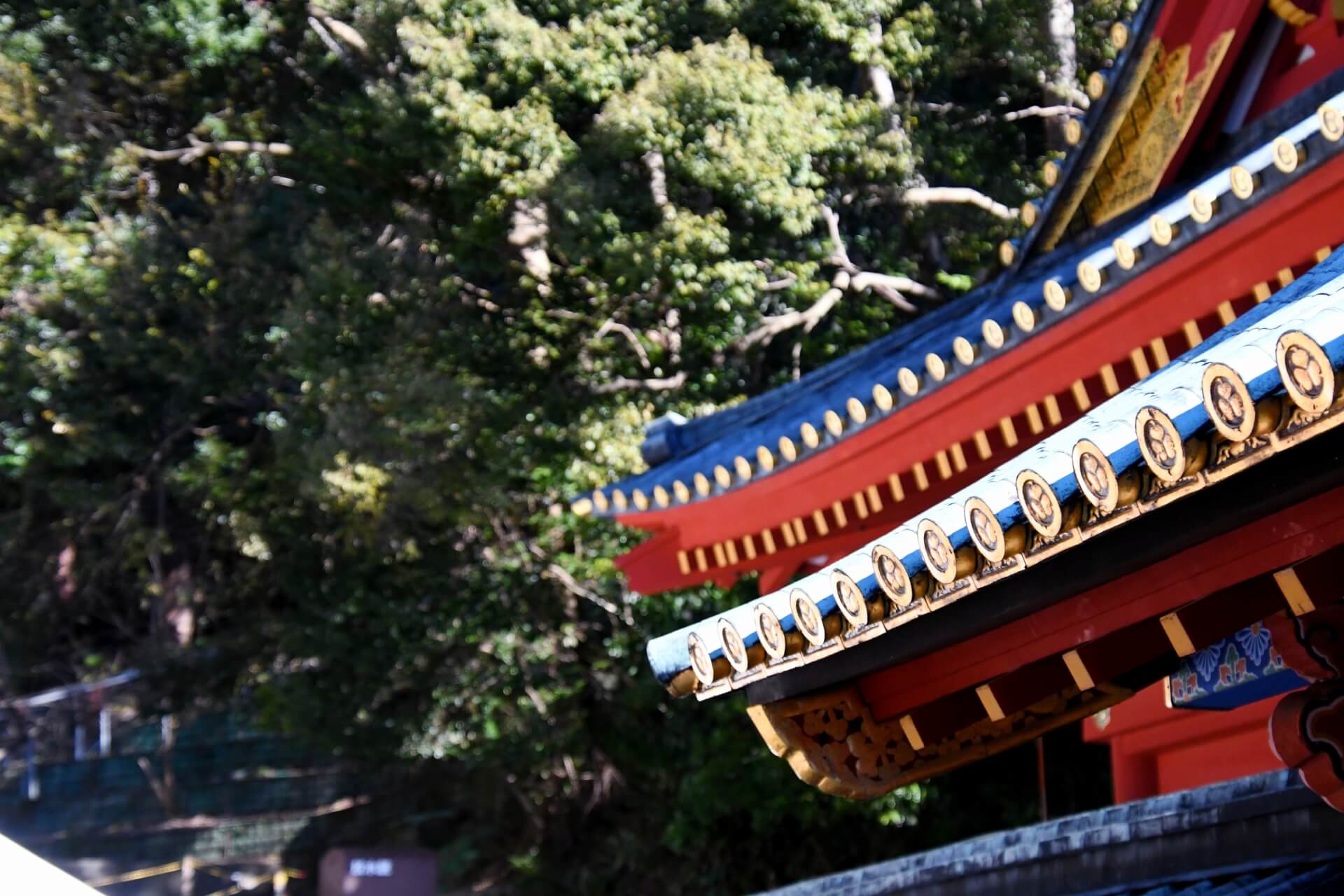
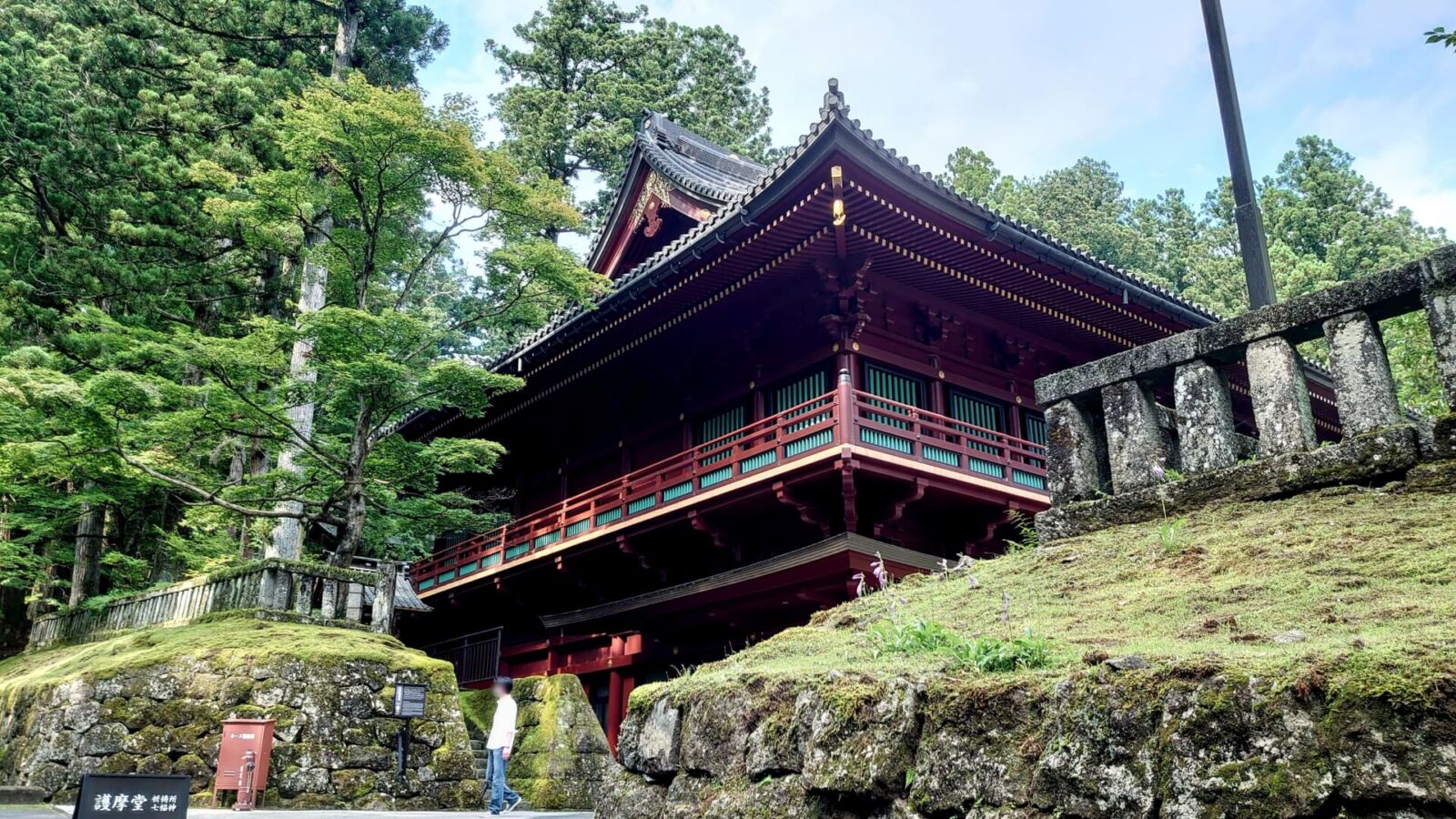
Surrounding the Sanbutsudo, the temple’s treasure house and traditional garden are well-worth exploring, especially in October and November when the autumn leaves are at their most beautiful. Open daily from 08:00 to 17:00 (until 16:00 from November to March), admission to the Sanbutsdo costs JPY400 or JPY900 for the Sanbutsudo and Taiyuin, and JPY300 for the treasure house and garden. Last entry is 30-minutes before closing.
5 / SHINKYO BRIDGE / all year round
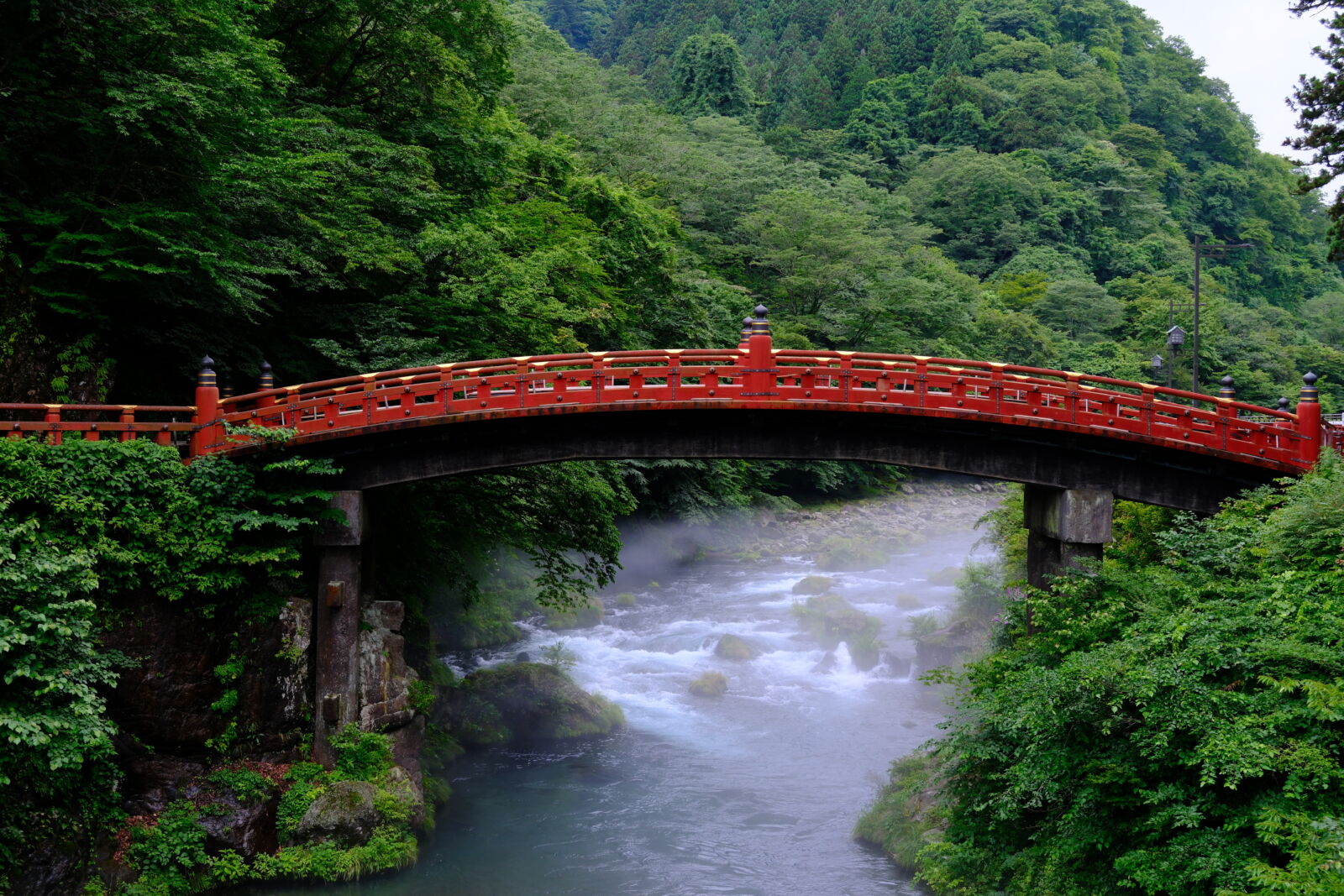
Built in 1636 and extensively renovated in the late-1990s to early-2000s, ‘Shinkyo’ Bridge (神橋) provides access across a small river to the shrine and temple complex. It is considered one of Japan’s most beautiful historical bridges and is one of Nikko’s most popular photo spots. The bridge belongs to the Futarasan Shrine and can be accessed 08:30 to 16:00 from April to October and 09:30 to 15:00 from November to March. Admission is JPY300.
6 / KANMANGAFUCHI ABYSS / all year round
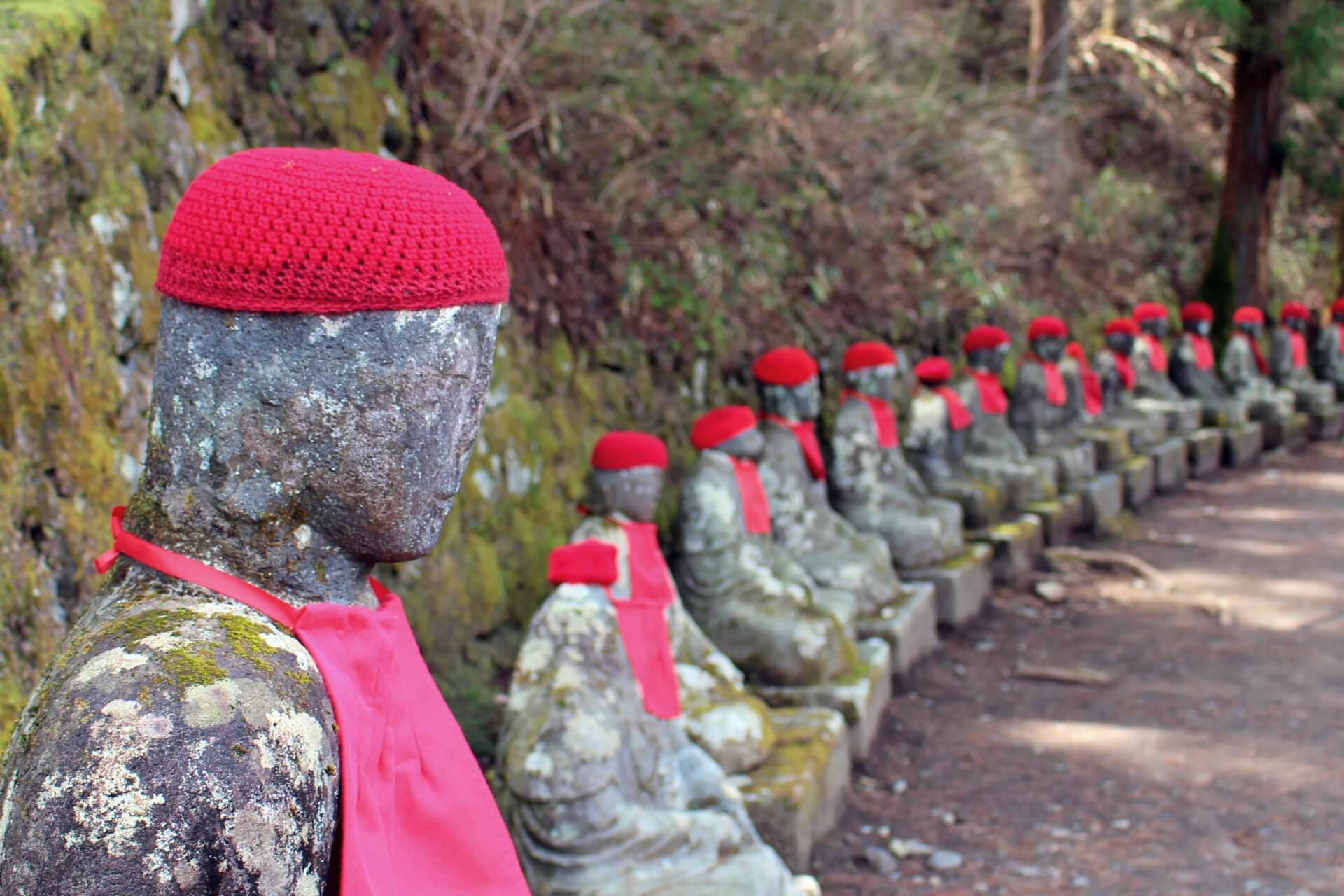
Only a short walk from the shrine and temple complex – around 20 minutes -‘Kamangafuchi Abyss’ is a small gorge running several hundred metres alongside the Daiya River. A walking trail through the gorge is lined with around seventy stone ‘Jizo’ statues – the Buddhist Bodhisattva – an enlightened being – with their distinctive red caps and bibs. Highly photogenic, the statues and walking trail can be enjoyed any time of year – especially beautiful in October and November as the autumn leaves frame the statues in tremendous colour.
7 / TAMOZAWA VILLA / all year round
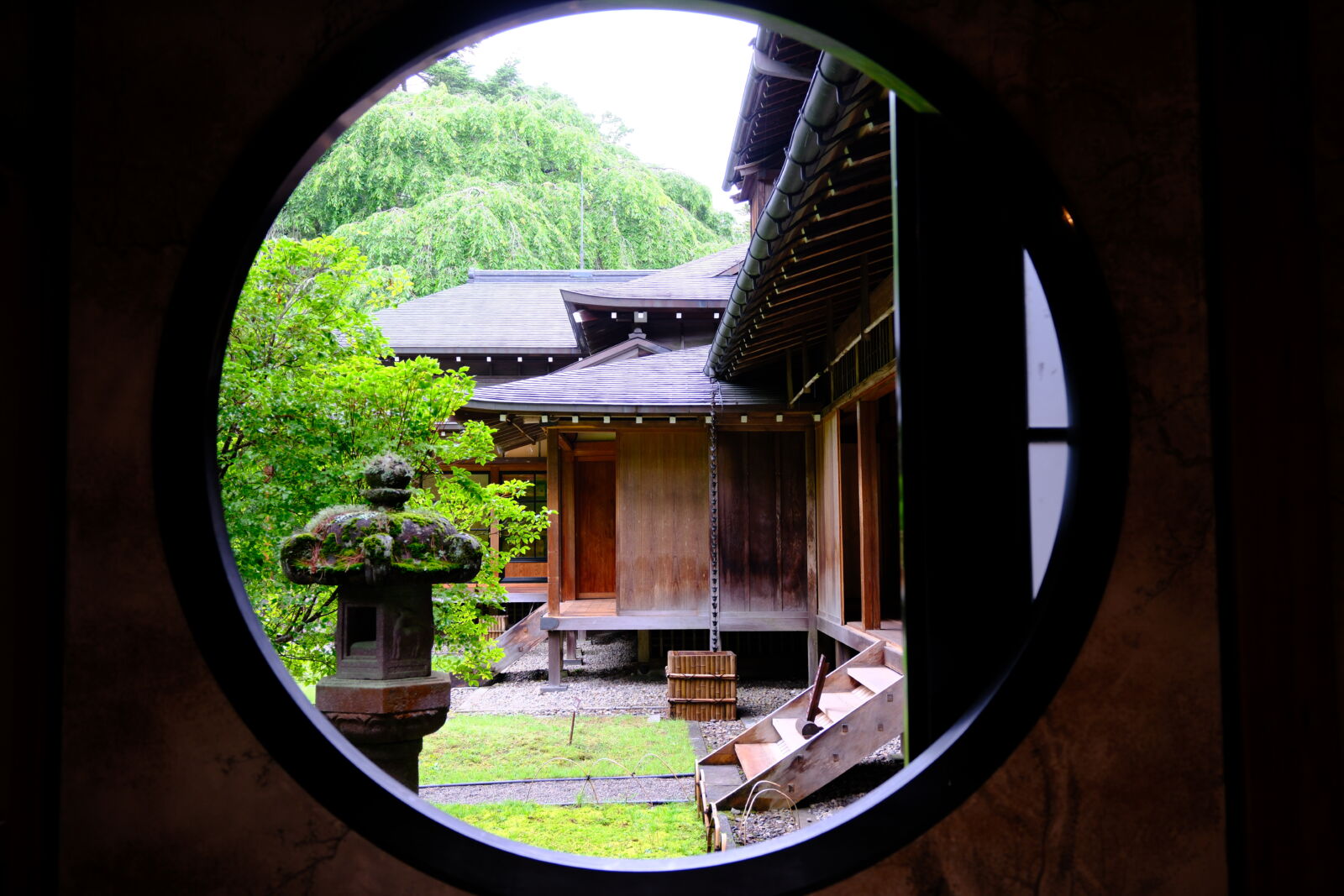
Jumping forward in history from the Edo Period to the Meiji Period (1868-1912), Tamozawa Imperial Villa served as a residence of the Tokugawa family. Originally located in Tokyo, the expansive villa comprises 106 rooms blending Edo, Meiji and Western architecture and design principles. The villa is beautifully persevered and though large, occupies only around one-third of its original footprint. The villa is surrounded by a traditional garden, making it another fantastic spot to enjoy the autumn leaves in October to November. Tamozawa Villa is open every day – from 09:00 to 17:00 with last entry at 16:00 -other than Tuesdays (or the following day if Tuesday is a public holiday) while also closed from Dec.29 to Jan.1. Admission is JPY600 or JPY500 with the Nikko pass.
8 / KIRIFURI FALLS / all year round
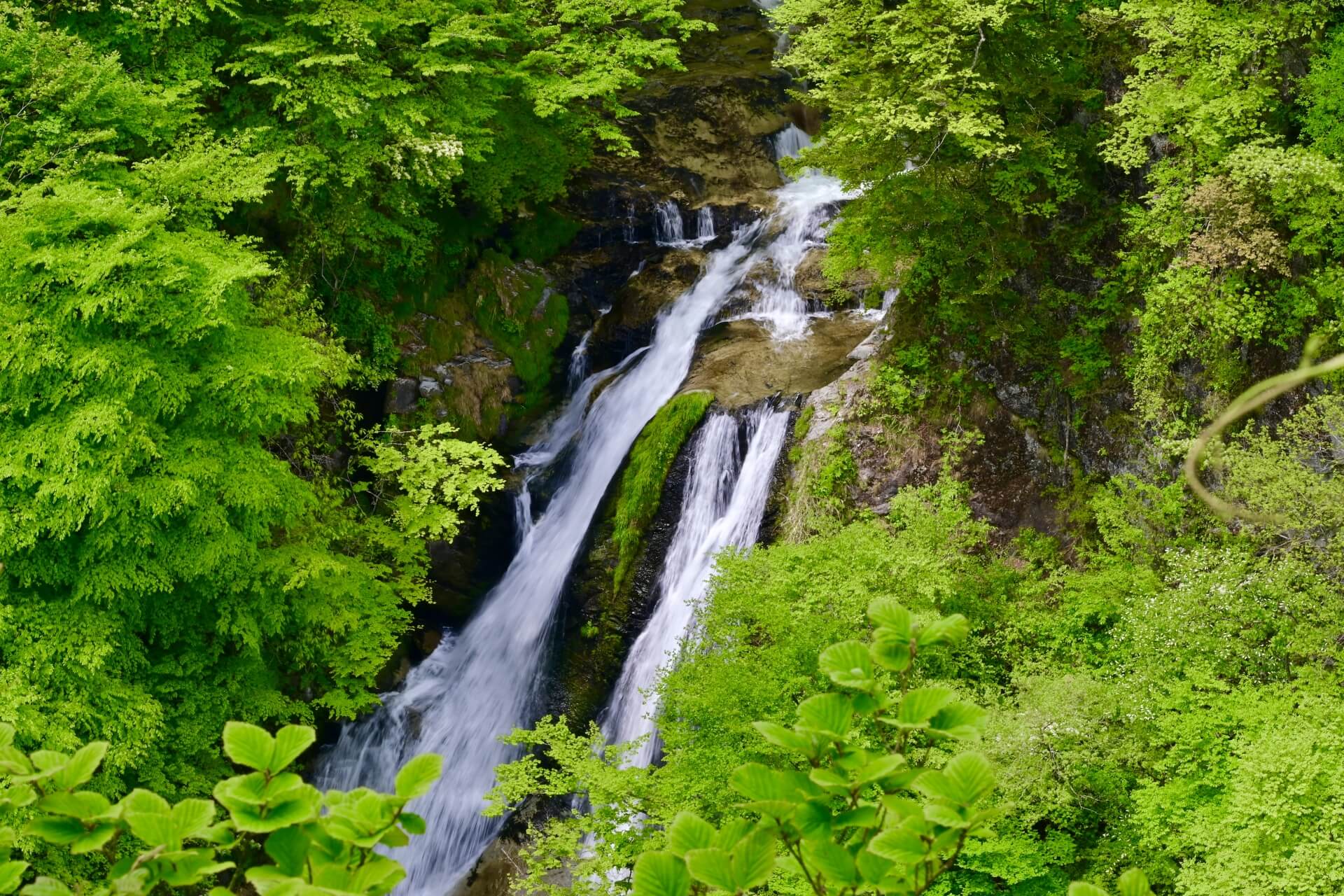
Around 10 minutes drive from the shrine and temple complex, Kirifuri Waterfall is the first of many fantastic natural attractions in the surrounding area. Translating as ‘falling mist’, Kirifuri is a 75-metre high, two stage waterfall that can be enjoyed all year round but again, at its best during October to November. The sight of the waterfall crashing its way down, past the surrounding foliage is truly picturesque and can be enjoyed from a viewing platform set above the falls. The falls can be accessed any time of year with buses from JR Nikko Station and Tobu-Nikko Station, from April to late-November. Just take the bus headed for Kirifui Kogen and disembark at the Kirifuri-no-taki bus stop, Buses operate around once per hour. The journey takes around 10 minuets and costs JPY340 one-way.
9 / KEGON FALLS / all year round
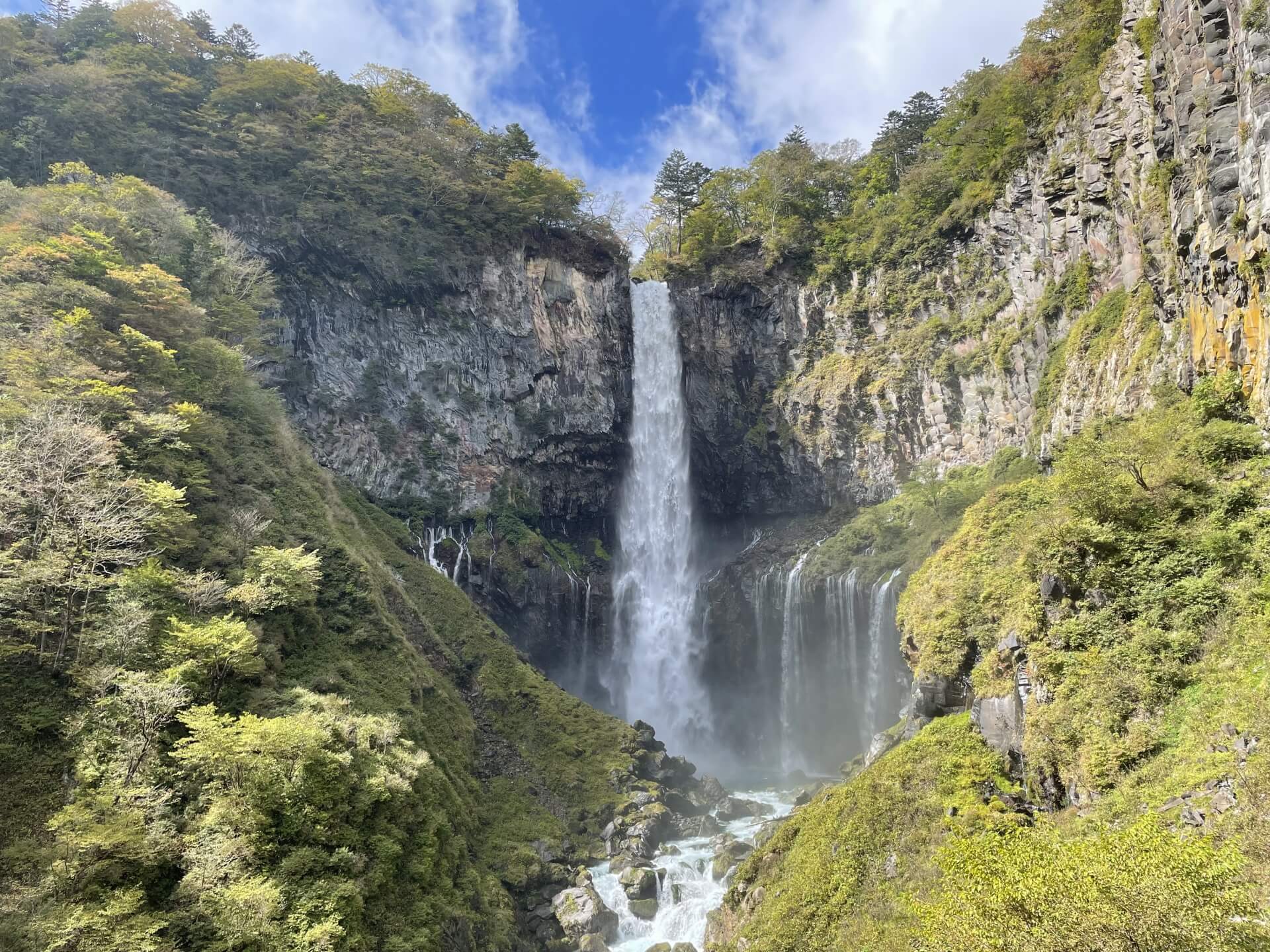
In the opposite direction to Kirifuri Falls, Kegon Falls lie around 30 minutes drive from the shrine and temple complex. At 100 metres in height, ‘Kegon-no-taki’ is considered one of Japan’s most beautiful. Fed by the abundant waters of Lake Chuzenji, the waterfall is an impressive sight that can be enjoyed from multiple observation decks including the Akechidaira Observatory which can be accessed via the Akechidaira ropeway – see below for details. The waterfall can be reached on-foot from Chuzenjiko Onsen Bus Terminal, which is itself a 50-minute / JPY1150 bus ride from JR Nikko Station or Tobu-Nikko Station.
10 / LAKE CHUZENJIKO inc. CHUZENJI ONSEN / all year round
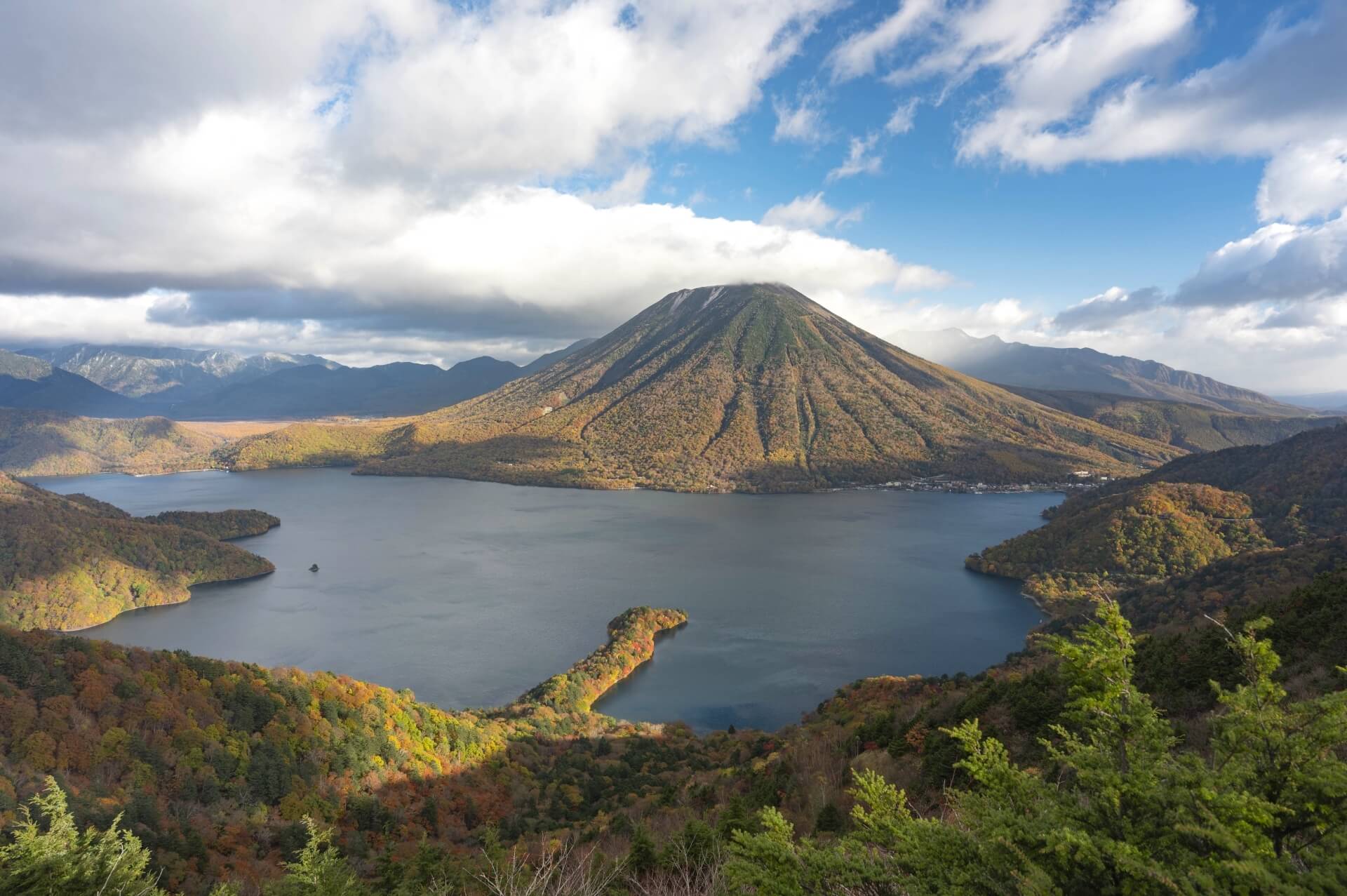
Located at the base of Mount Nantai but above the town of Nikko, ‘Chuzenjiko’ (Lake Chuzenjiko) was formed around 20,000 years ago when the mountain erupted. The shores of the lake largely forested with little development, other than the small hot spring town of Chuzenji Onsen at the eastern end of the lake – and within easy reach of the shrine and temple complex. Chuzenjiko sits around 1270 metres above sea level, blessing it with a cool climate that can be savoured in the warmer months of the year, while cruises operate on the lake from April to November. The small town of Chuzenji Onsen offers a range of accommodation including traditional guesthouses and larger hotels, usually with in-house ‘onsen’ (natural hot springs) for the use of guests. To reach the lake, take a bus bound for Chuzenji Onsen from either JR Nikko or Tobu-Nikko Station – a journey of a 50-minutes / JPY1150. For more information, see 'Where to Stay In & Around Nikko' below.
11 / CHUZEN-JI TEMPLE / all year round
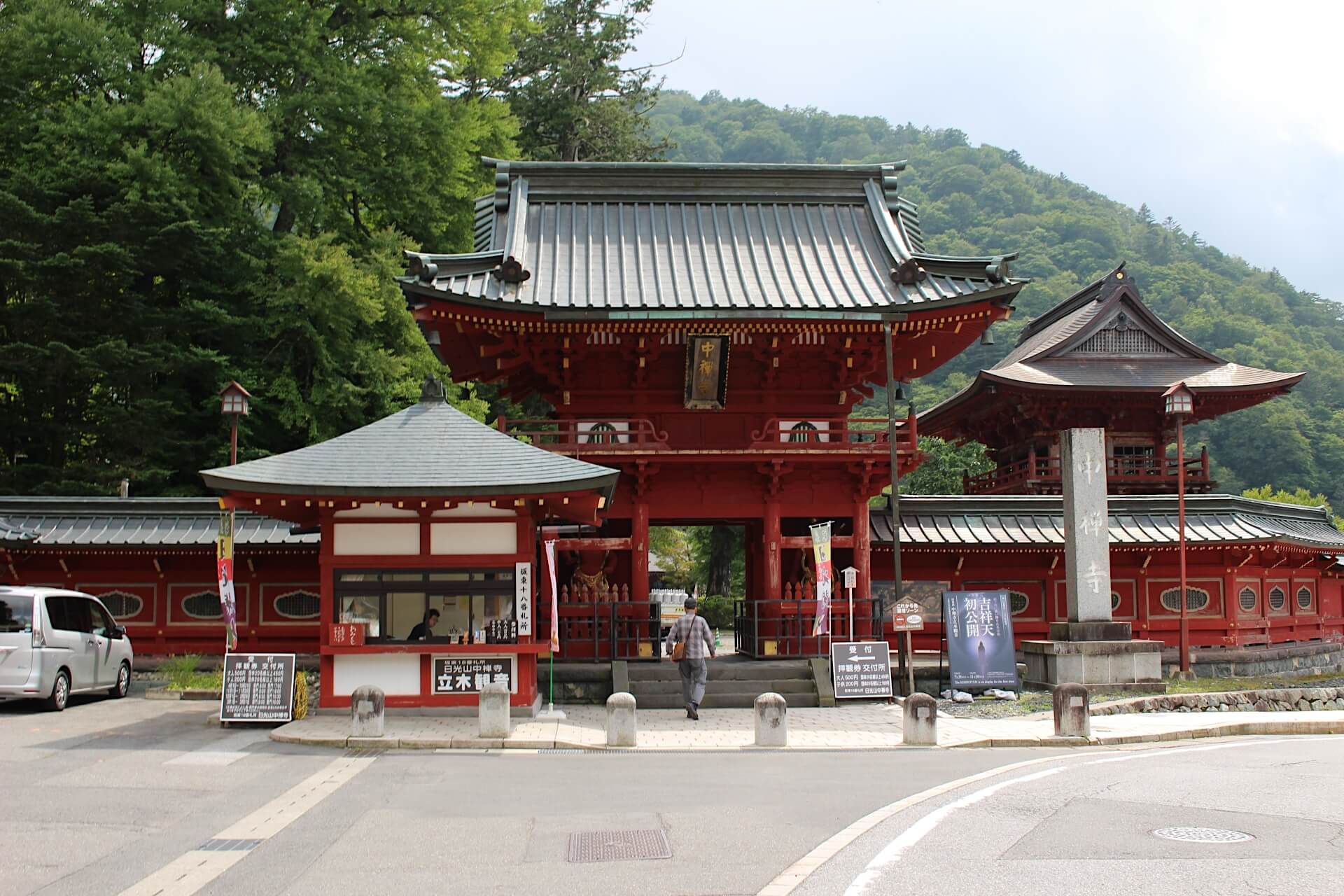
For visitors who make the journey to Lake Chuzenjiko, and aren’t ‘templed-out’ by their time exploring the Nikko complex, Chuzen-ji Temple sits on the eastern shore of the lake looking toward Mount Nantai. A visit to the temple allows for some beautiful photography with the lake and mountain in the background, with its distinctive Kannon statue carved-out of a tree still rooted into the ground. The temple is around 20 minutes walk from Chuzenjiko Onsen Bus Terminal. Open daily from 08:00, closing time varies throughout the year, staying open until 17:00 from April to October, until 16:00 in November, 15:30 from December to February and until 16:00 in March. Admission is JPY500.
12 / HANGETSUYAMA / all year round
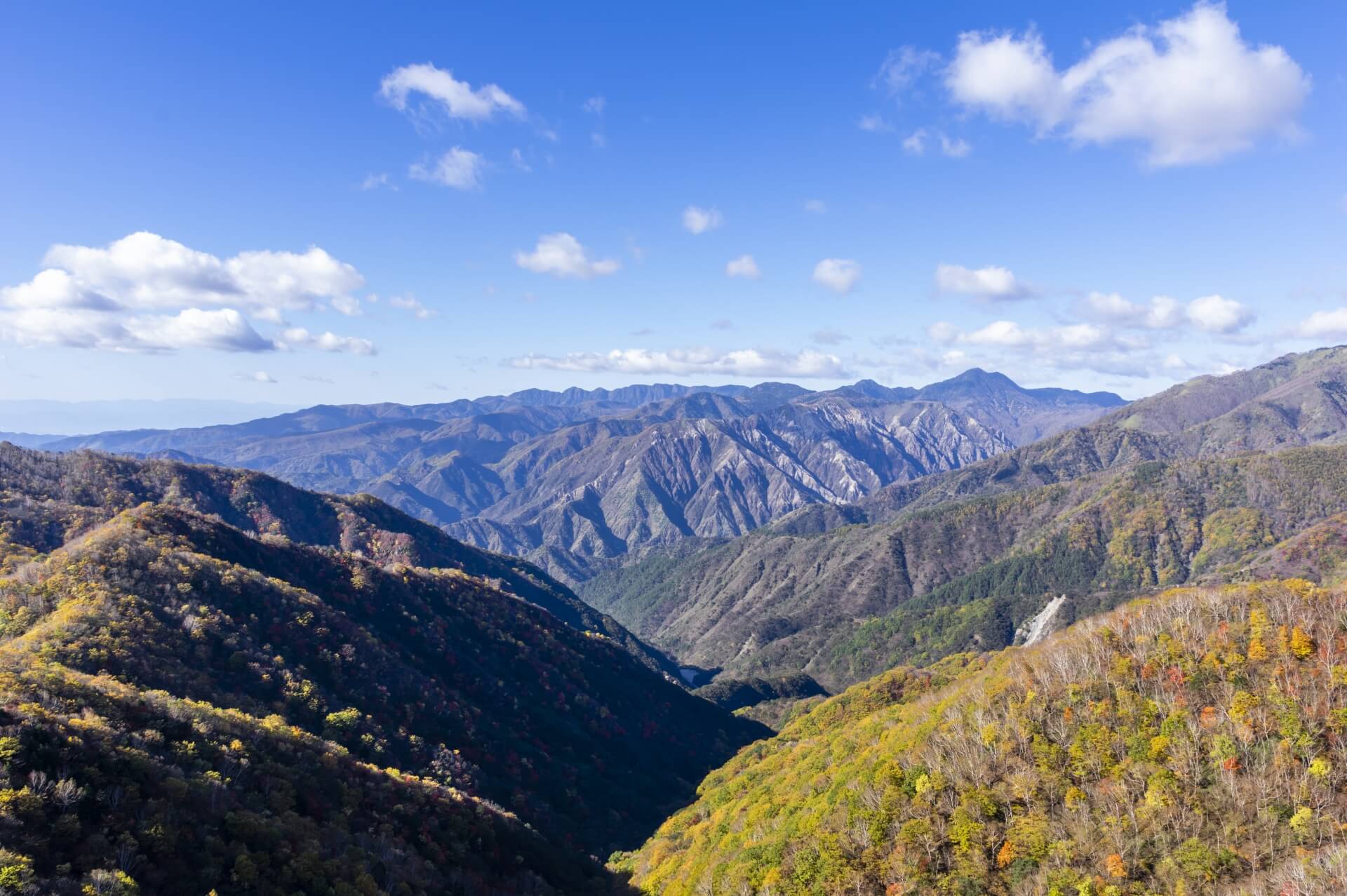
Mount Hangetsu or ‘Hanagetsuyama’ rises above the south-eastern shore of Chuzenjiko and offers panoramic views of the surrounding landscape of Oku-Nikko, which can be accessed on-foot or by road. Trails led from the lake up the mountain and provide access to the Chuzenjko and Hangetsuyama Observation Decks, however most visitors choose to take the bus from Chuzenjiko Onsen – 20 minutes / JPY530 one-way – to the highest car park and walk the rest of the way to the observation deck – approximately 30-minutes walk.
13 / AKECHIDARA ROPEWAY / all year round
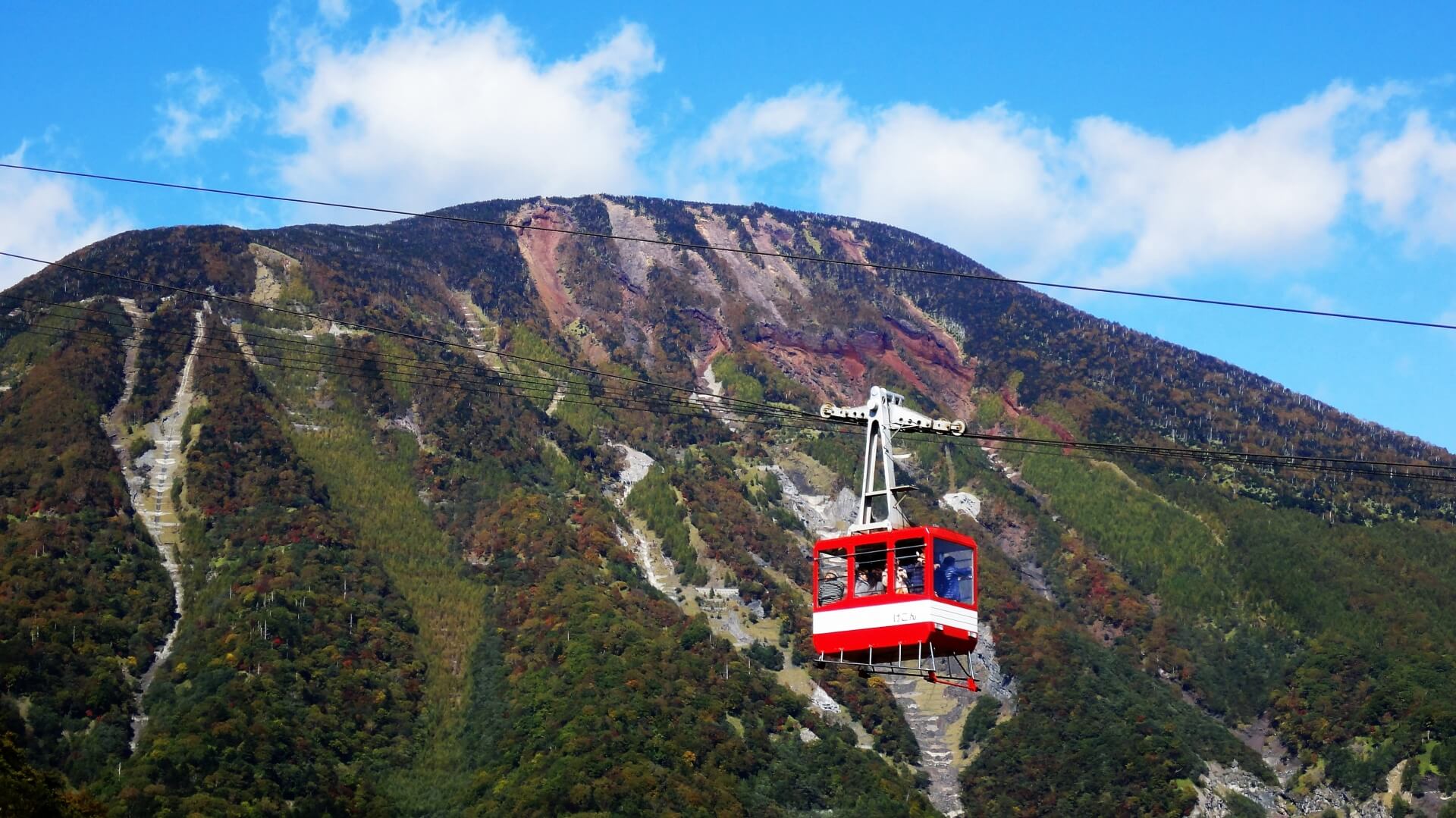
Visitors heading to the Lake Chuzenjiko area from Nikko town will do so via the Irohazaka Winding Road. Before reaching the lake, the road reaches the Akechidaira Plateau, from where you can ride the Akechidaira Ropeway to an observation deck – a journey of only 3-minutes – and enjoy outstanding views of Lake Chuzenjiko and Kegon Falls. The ropeway operates from 09:00 to 15:30 every day of the year and costs JPY600 one-way or JPY1000 for a round-trip. From April to November, you can also hike up to the observation deck from the lake itself – taking around 2-hours – with further trails connecting to Hangetsuyama.
14 / RYUZU FALLS / all year round
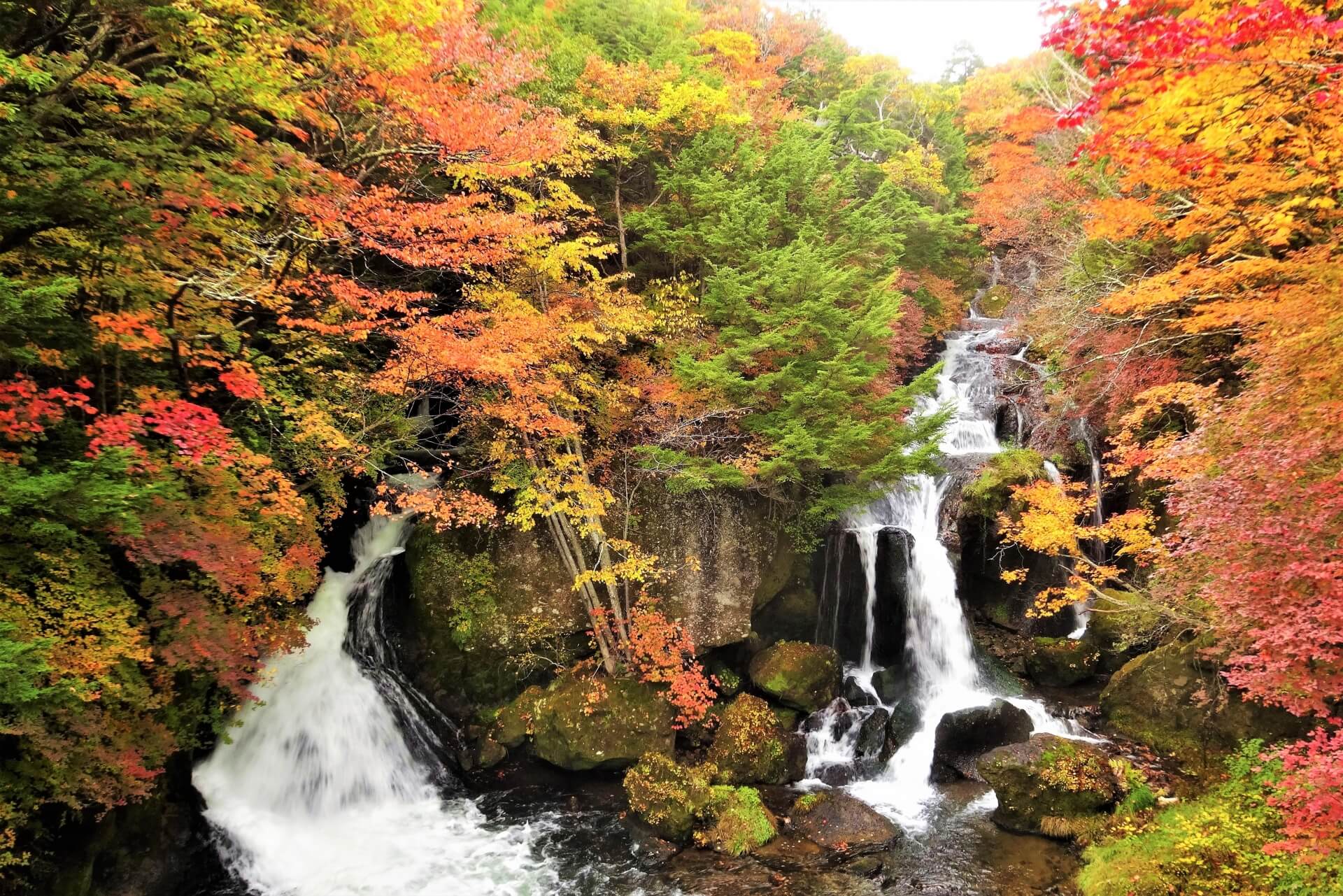
Another of Nikko’s spectacular waterfalls, Ryuzu Falls is located on the northside of Lake Chuzenjiko, along Yukawa River. Surrounded by thick forest, the waterfall cascades through a beautiful landscape at its most photogenic during the autumn leaves of October and November. Ryuzu is accessible anytime of year and free of charge. To reach the falls, buses run from JR Nikko Station and Tobu-Nikko Station – taking around 60-minutes / JPY1450 one-way. Simply take a bus bound for Yumoto Onsen and disembark at the Ryuzu-no-taki bus stop.
15 / STAY IN NIKKO-YUMOTO ONSEN / all year round
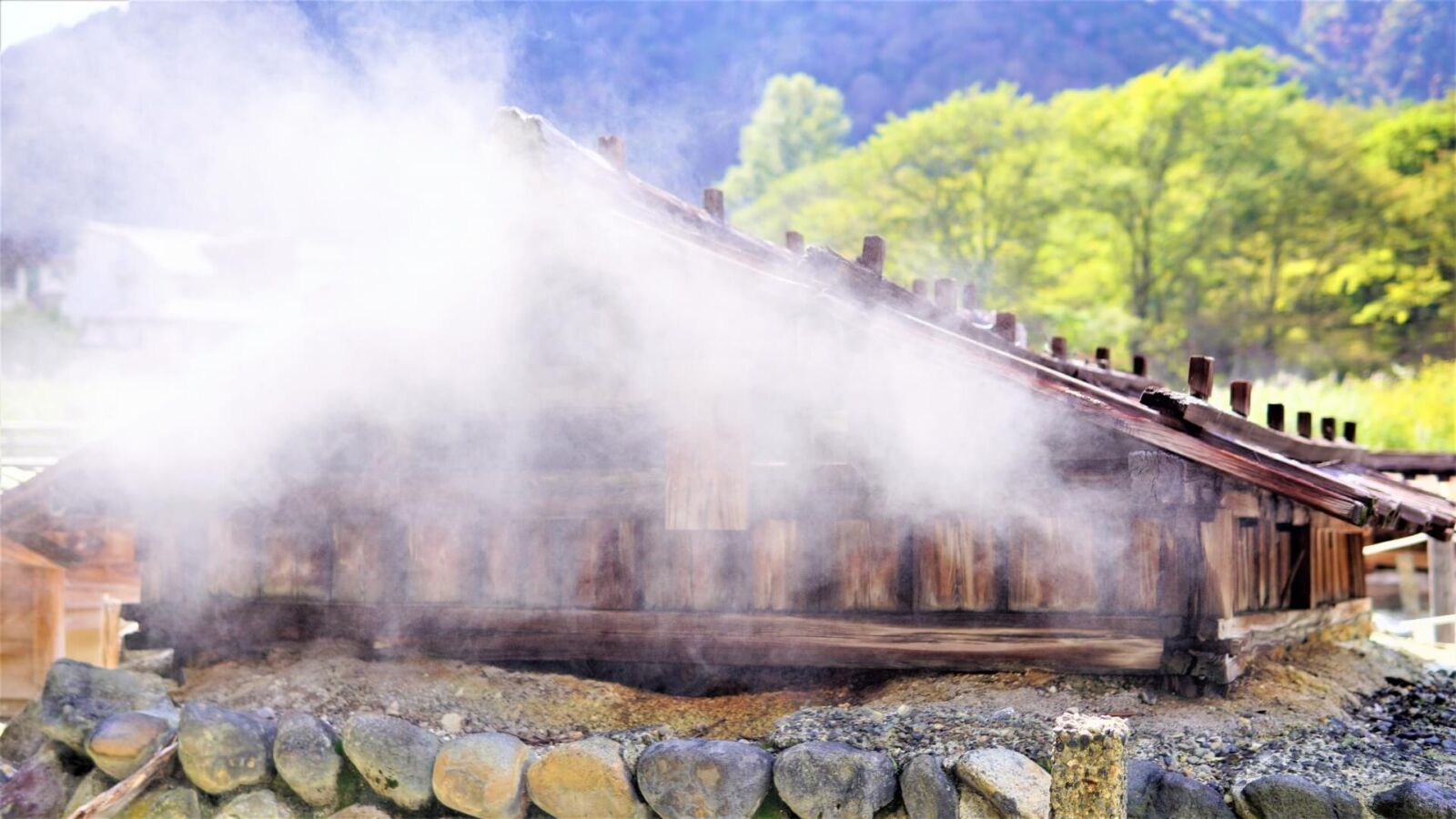
Another 10-minutes on from the falls, Nikko-Yumoto Onsen is a popular hot spring town lying on the shore of Lake Yunoko and within Nikko National Park. While the town is small, it offers a good range of accommodation boasting their own hot springs and with easy access to hiking trails from spring to autumn and Nikko Yumoto Onsen Ski Park in winter. The highly-sulfuric water has a milky-white colour and is said to be excellent for the skin. The water source is located just to the north of the town centre in an area known as Yunodaira Marsh , with the Onsen-ji Buddhist temple standing in dedication to the town’s natural blessing. To reach the Yumoto Onsen, buses run from JR Nikko Station and Tobu-Nikko Station – taking around 80-minutes / JPY1470 one-way. For more information, see 'Where to Stay In & Around Nikko' below.
16 / CLIMB MOUNT NIKKO-SHIRANE / best: June to October
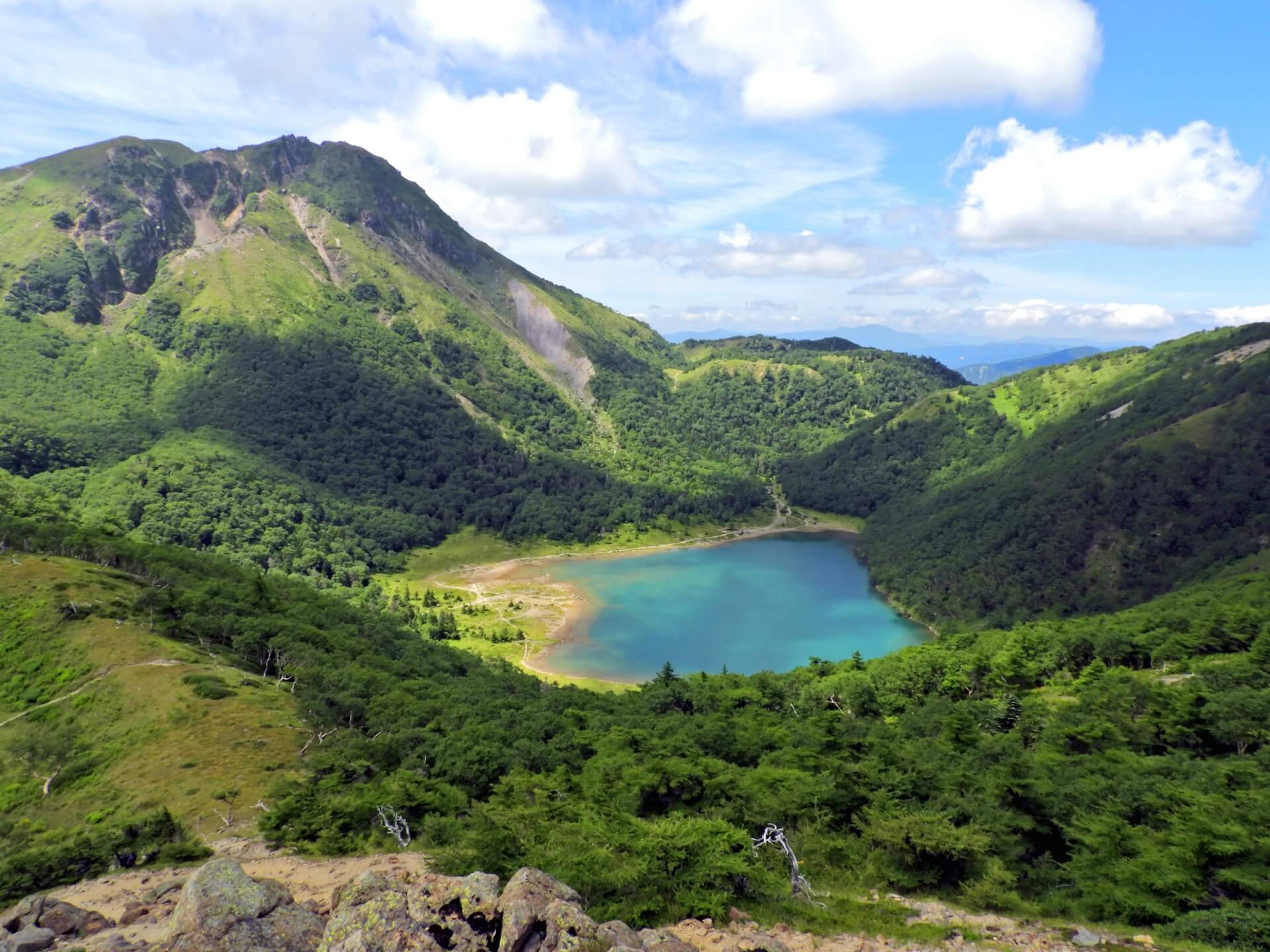
Mount Nikko-Shirane is the tallest mountain in this region of Japan, standing 2578 metres above sea level and accessible via pleasant hiking trails starting at Yumoto Onsen and other trailheads. To hike from Yumoto Onsen, head to Nikko Yumoto Onsen Ski Park, where you will the trailhead clearly sign-posted in the Japanese as ‘前白根山’ (Mae-Shiraneyama) and ‘奥白根山’ (Oku-Shiraneyama). The hike takes between 2 to 3 hours to reach the lower peak of Mae-Shirane before heading on around another 90 minutes to the higher peak of Oku-Shirane. It covers around 1300 vertical metres and can be demanding at points, but is suitable for anyone of reasonable fitness. You should allow 8 to 9 hours for the round-trip.
17 / NIKKO TOSHOGU MUSEUM / all year round
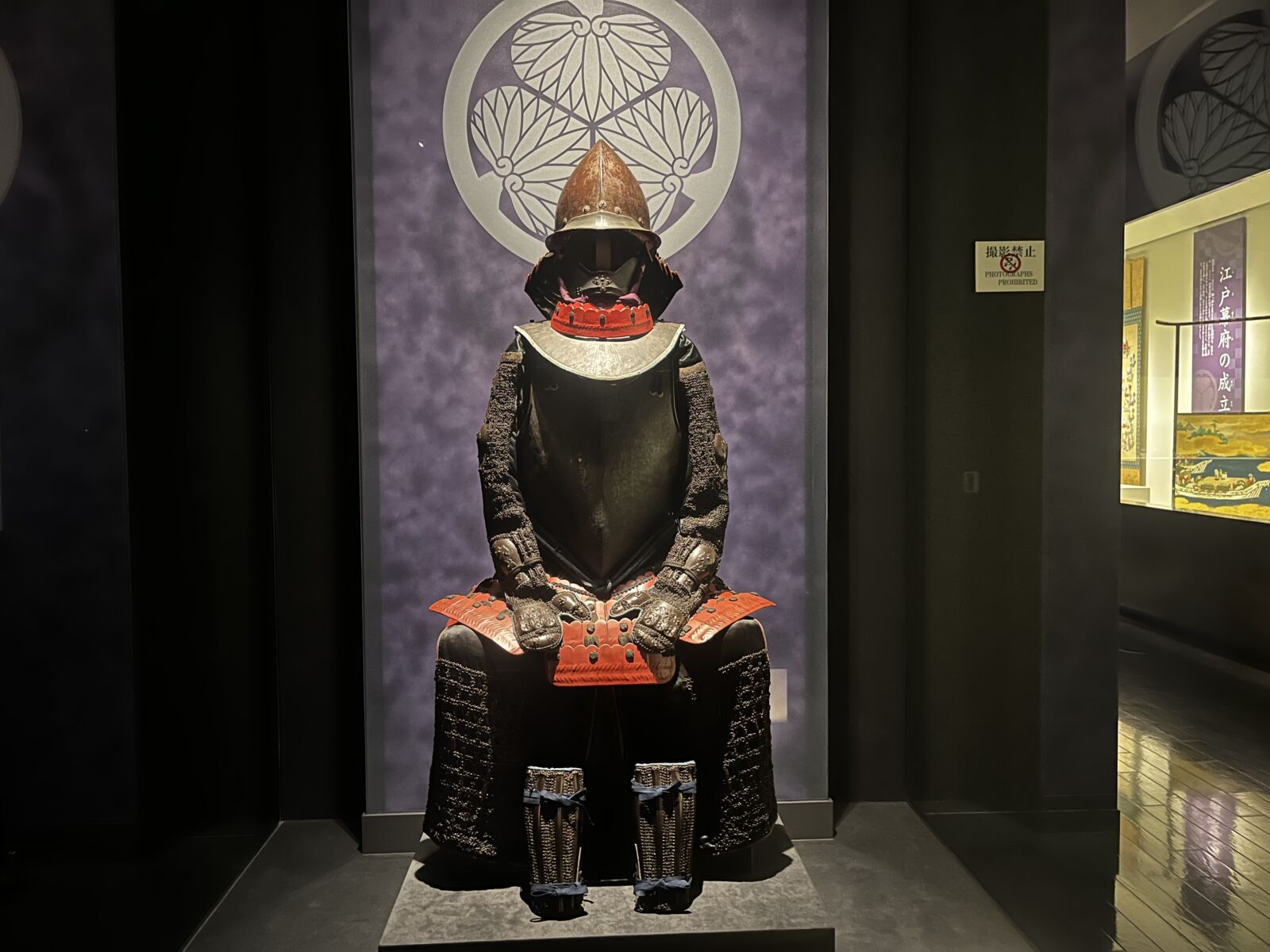
After visiting the amazing Toshogu Shrine complex, why not pay a visit to the Nikko Toshogu Museum. Located right next to the shrine, it is very easy for visitors to do both activities back to back. The museum was opened in 2015 to commemorate the 400 year anniversary of Ieyasu’s death. It has an impressive collection of Ieyasu’s personal belongings, including his armour, swords and letters. Tickets for the museum cost 600 yen for children and 1,000 yen for adults. If you would like to do both the shrine complex and museum you can buy a combined ticket for both for 2,400 yen. The museum also has a wonderful cafe which is the perfect place to relax after a busy day exploring the Nikko Heritage area!
18 / EDO WONDERLAND / all year round
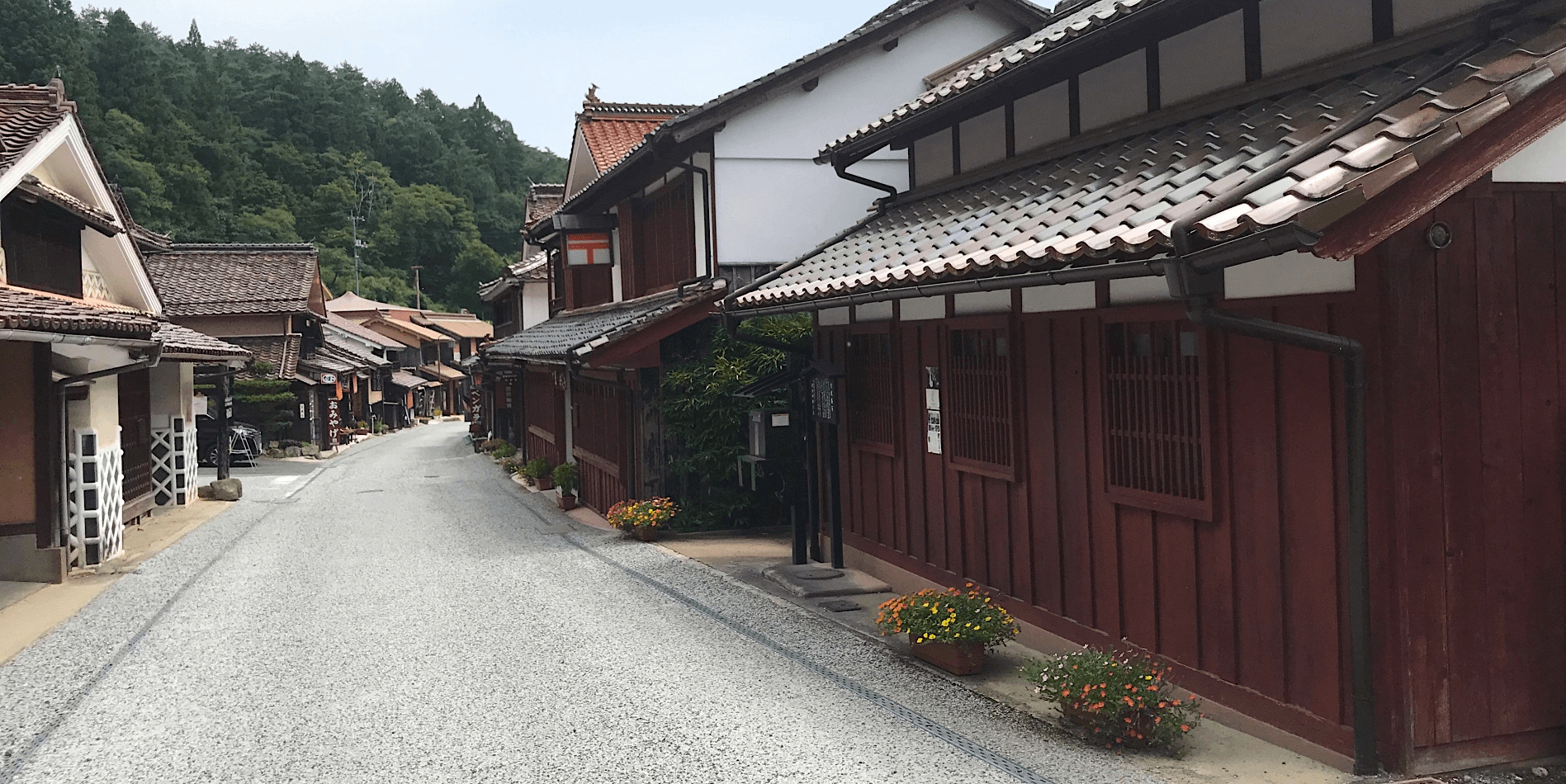
Located around 15km from the Nikko shrine and temple complex, Edo Wonderland Nikko Edomura celebrates Japan’s Edo Period (1603-1868), during which time the country is considered to have reached its cultural and artistic apex and in which, the shrines of Nikko were constructed. The theme park is divided into five areas – commercial districts, post towns, highways, samurai residences and ninja villages – each beautifully rendered through realistic recreations of Edo streetscapes and daily life, including being populated by townspeople in period costume. The experience of visiting the theme park is intended to be as interactive as possible, with lots of activities available including amusement zones, a theatre, restaurants and the option for dressing-up in period costume. Edo Wonderland is open every day other than Wednesdays – other than public holidays and school holidays, at which time it is open every day – while also closed from December 8 to 21. Admission is JPY4800.
19 / NIKKO PASSES / all year round
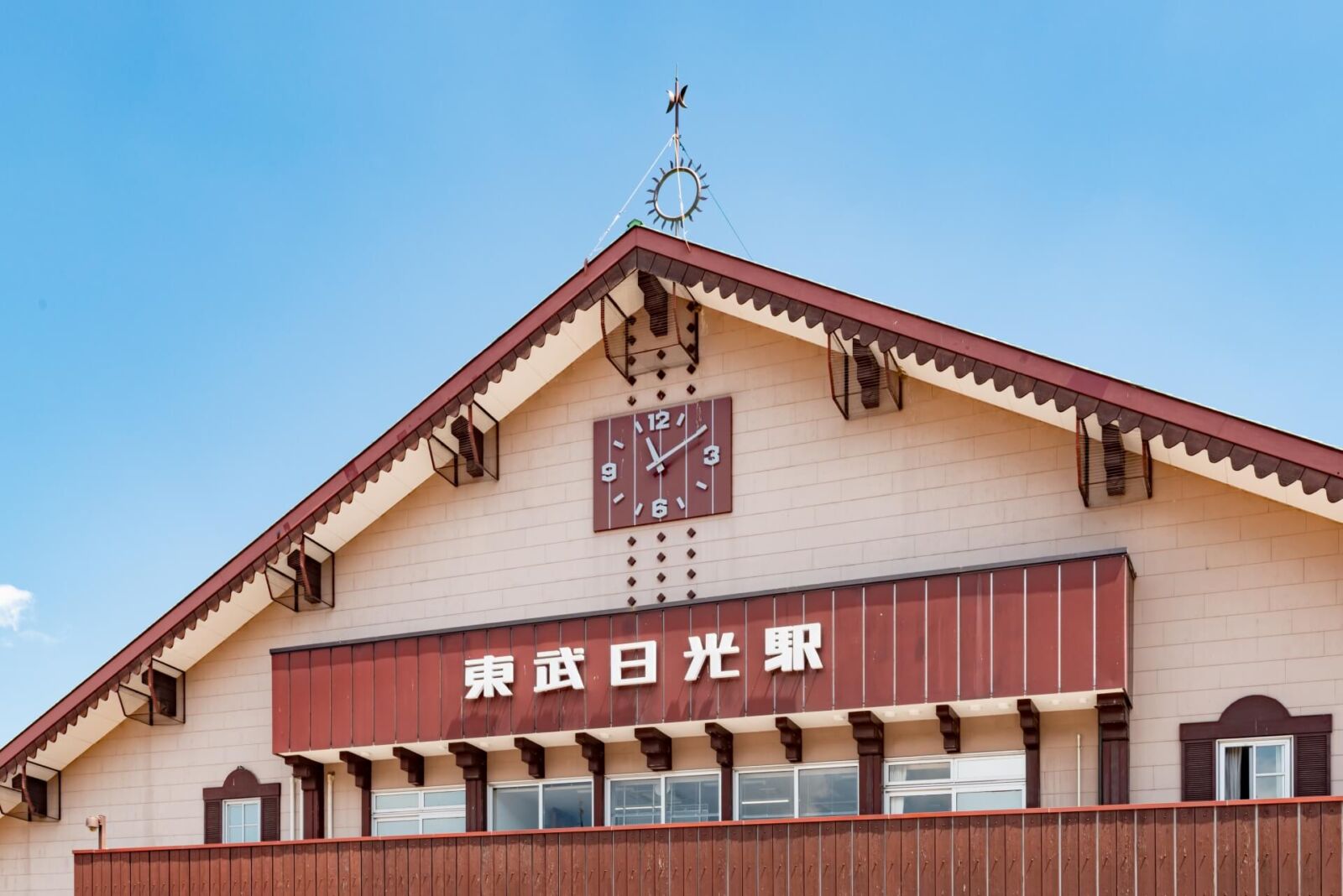
Nikko is full of amazing attractions and activities for visitors to enjoy! However, many of the attractions are quite spread out and require a bus to reach them in a short amount of time. To make your trip to Nikko more enjoyable and smooth, why not purchase a Nikko pass! Owned by the Tobu Railway Company, they offer visitors two different types of passes to give you the best opportunity to enjoy Nikko to the fullest. Both pass options already include a round trip on the train from Tobu Asakusa station to Tobu Nikko station. However, this is only the basic fare for the train that takes approximately 3 hours to reach Nikko. So on top of your Nikko pass, we advise you also purchase separate tickets for the Limited Express trains for an additional 3,300 yen which only takes 1 hour 50 minutes to reach Nikko!
Both passes also includes unlimited rides on the sightseeing buses to get you around Nikko with no stress! You can also get some discounts on certain attractions when you show your pass. You can buy the ‘Nikko Heritage Area Pass’, a pass that is valid for two days to enable you to enjoy all the attractions within the Heritage area. This includes all of the famous shrines and temples, as well as Tamozawa Villa, Kanmangafuchi Abyss and more. The Heritage pass costs 2,120 yen for adults and 630 yen for children. You can also buy the ‘Nikko All Area Pass’, a pass valid for four days which enables you to enjoy all the attractions in Nikko, not just the Heritage Area. This includes additional areas such as the Kinugawa Onsen and Lake Chuzenji. The All Area Pass costs 4,780 yen for adults and 1,330 yen for children. Our 1 Day Tour : Explore Nikko’s World Heritage and National Park tour includes the Heritage Area Pass and limited express train tickets, we will take care of all the bookings and logistics for you.
20 / SHIOBARA GORGE / all year round
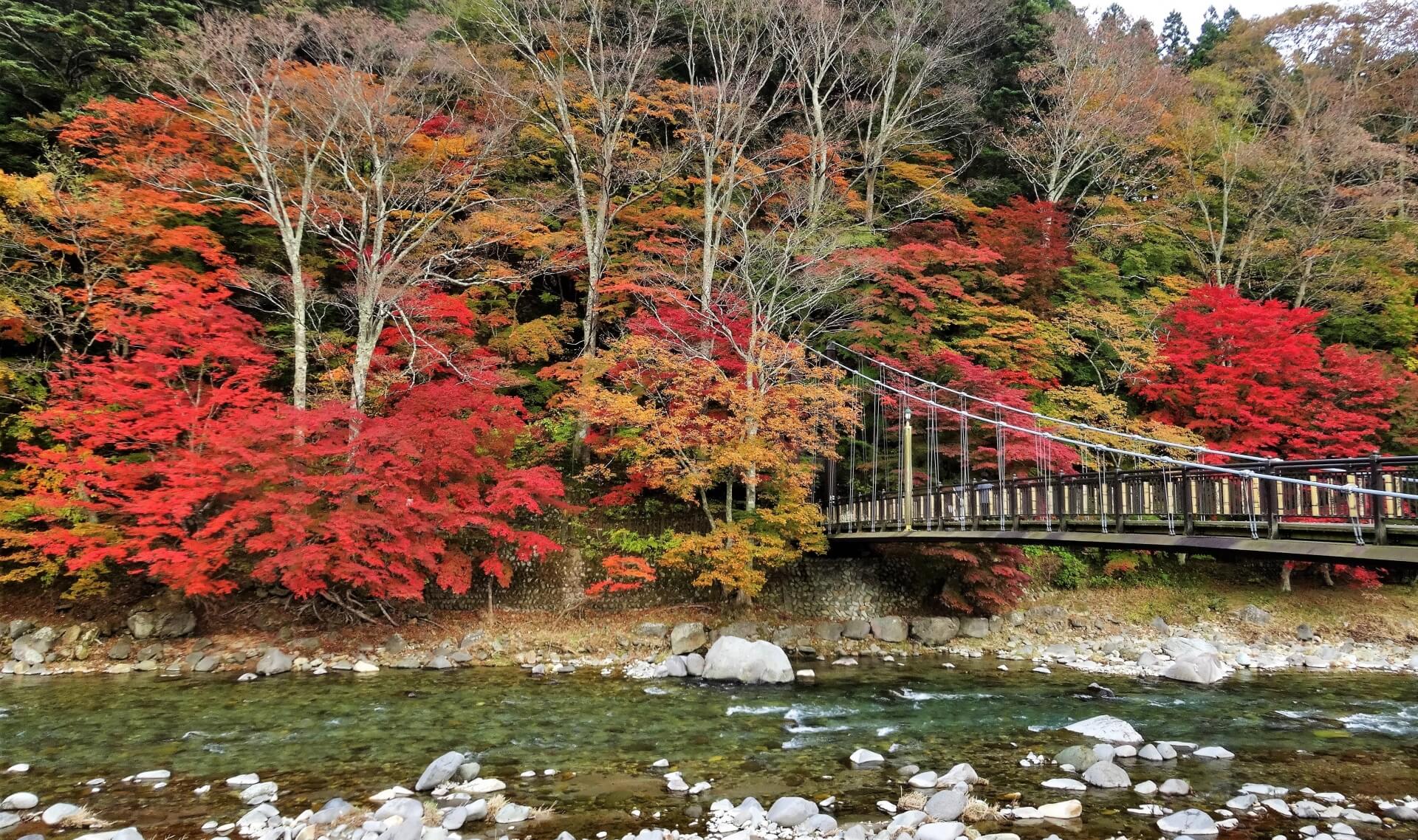
Rounding things out is the beautiful Shiobara Gorge, accessible via three walking trails from Shiobara Onsen. The trails vary in length and take you in an area blessed with around one hundred waterfalls and yet more spectacular autumn colours in October and November.
WHERE TO STAY IN & AROUND NIKKO
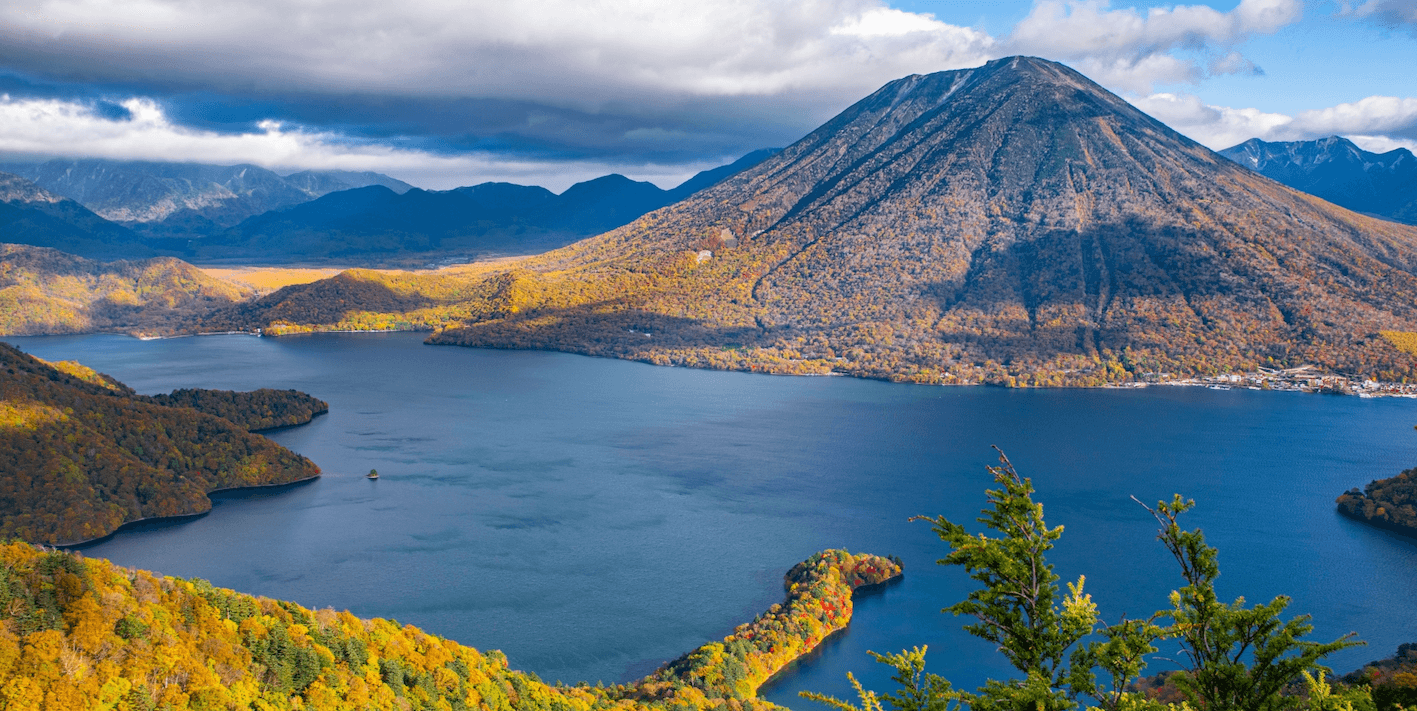
The World Heritage-listing of the Nikko shrine and temple complex ensures that it attracts millions of visitor each year. With that, there is plenty of accommodation to choose from in the centre of Nikko town with just as much in the surrounding areas and hot spring towns. Thanks to its elevation, the area has long been used as a place of retreat from the summer heat and humidity of Tokyo, and to this day Nikko boasts some of Japan’s oldest and best Meiji Period hotels and other accommodation. When considering the best place to stay in Nikko, let’s being with the area closest to the shrines and temples before moving further away into Nikko National Park and its surrounds, starting with:
NIKKO STATION AREA
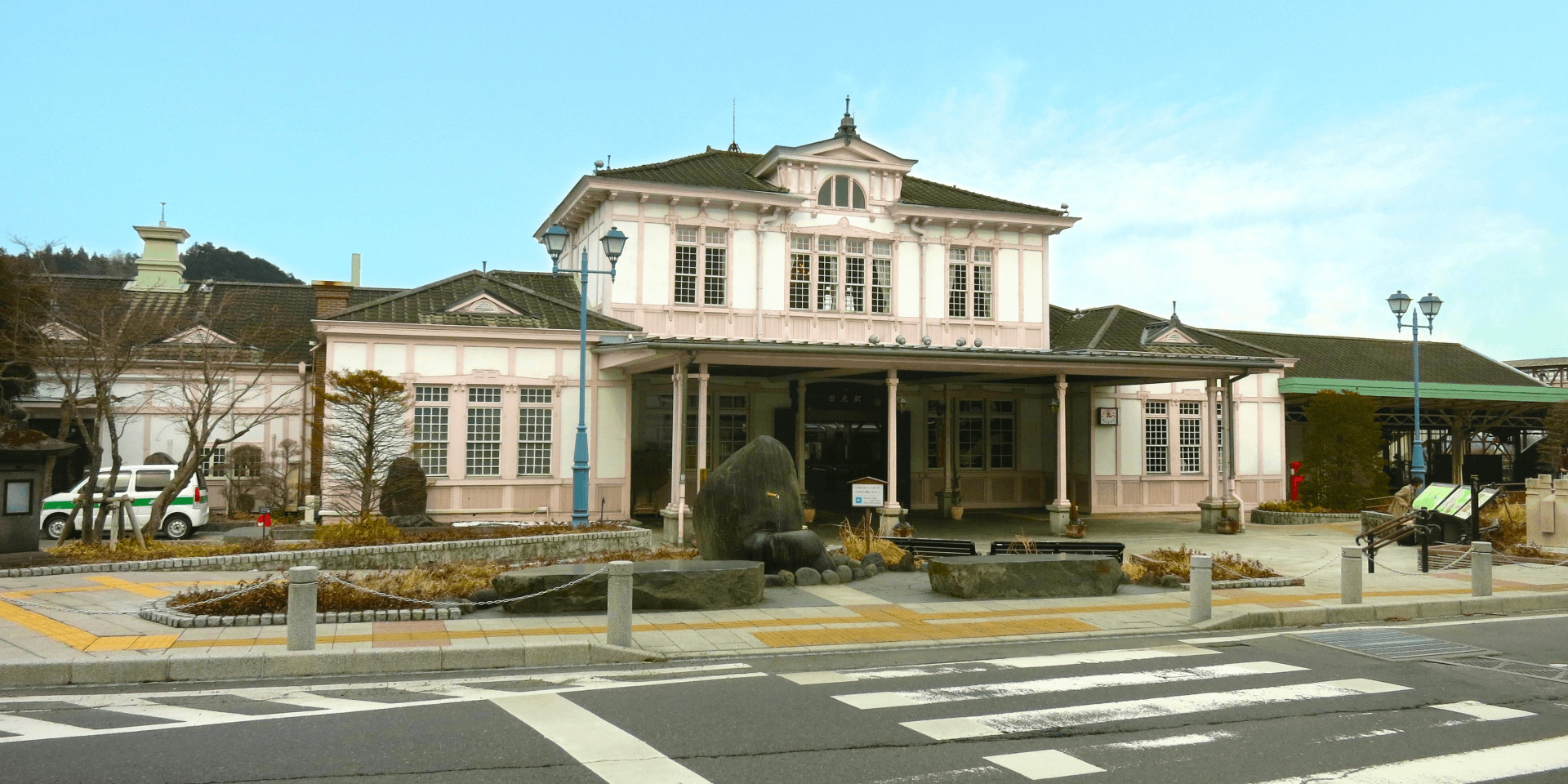
Nikko town is centred around the adjacent train stations of JR Nikko and Tobu-Nikko, both of which lie under 20 minutes walk from Shinkyo Bridge and the start of the shrine and temple complex. By bus or taxi, the journey to the complex takes less than 5 minutes from the stations / central area of Nikko town, making it the most convenient area to stay. The town area offers a good range of accommodation, from historic and high-end hotels to smaller family-run guesthouses and budget options. Most restaurants in this area are only open during the day, with many closing around 18:00. For that reason, it’s always a good option to choose accommodation including both dinner and breakfast. For more information including accommodation listings, see our ‘Nikko Station Area’ hotel page.
CHUZENJI ONSEN AREA
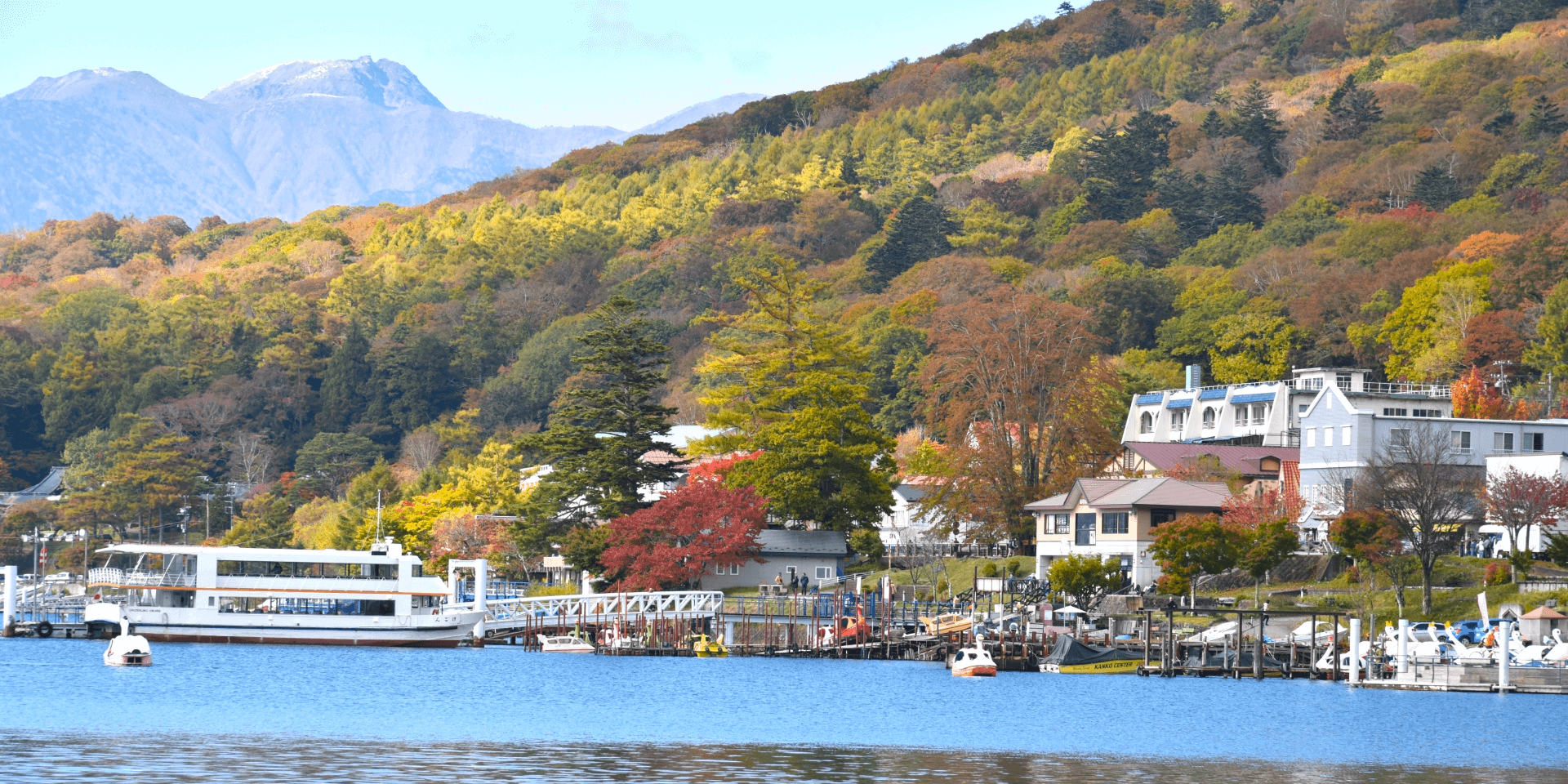
For visitors intending to stay more than one night in the Nikko area, Chuzenji Onsen offers a nice range of accommodation on the shores of the lake of the same name. As a traditional ‘onsen’ (hot spring) town, most hotels have their own hot springs, restaurant and other facilities to ensure a relaxing stay. Hotels range from mid-range to budget and with few to no dining options available at night, almost all guests staying in the area will choose to include both dinner and breakfast in the accommodation package. Should you only intend to visit the shrines and temples, then staying in Nikko town will make most sense however if you plan to stay longer and explore some of region’s wonderful natural attractions, then heading to Chuzenji Onsen can be a great option. For more information including accommodation listings, see our ‘Chuzenji Onsen Area’ hotel page.
NIKKO-YUMOTO ONSEN AREA
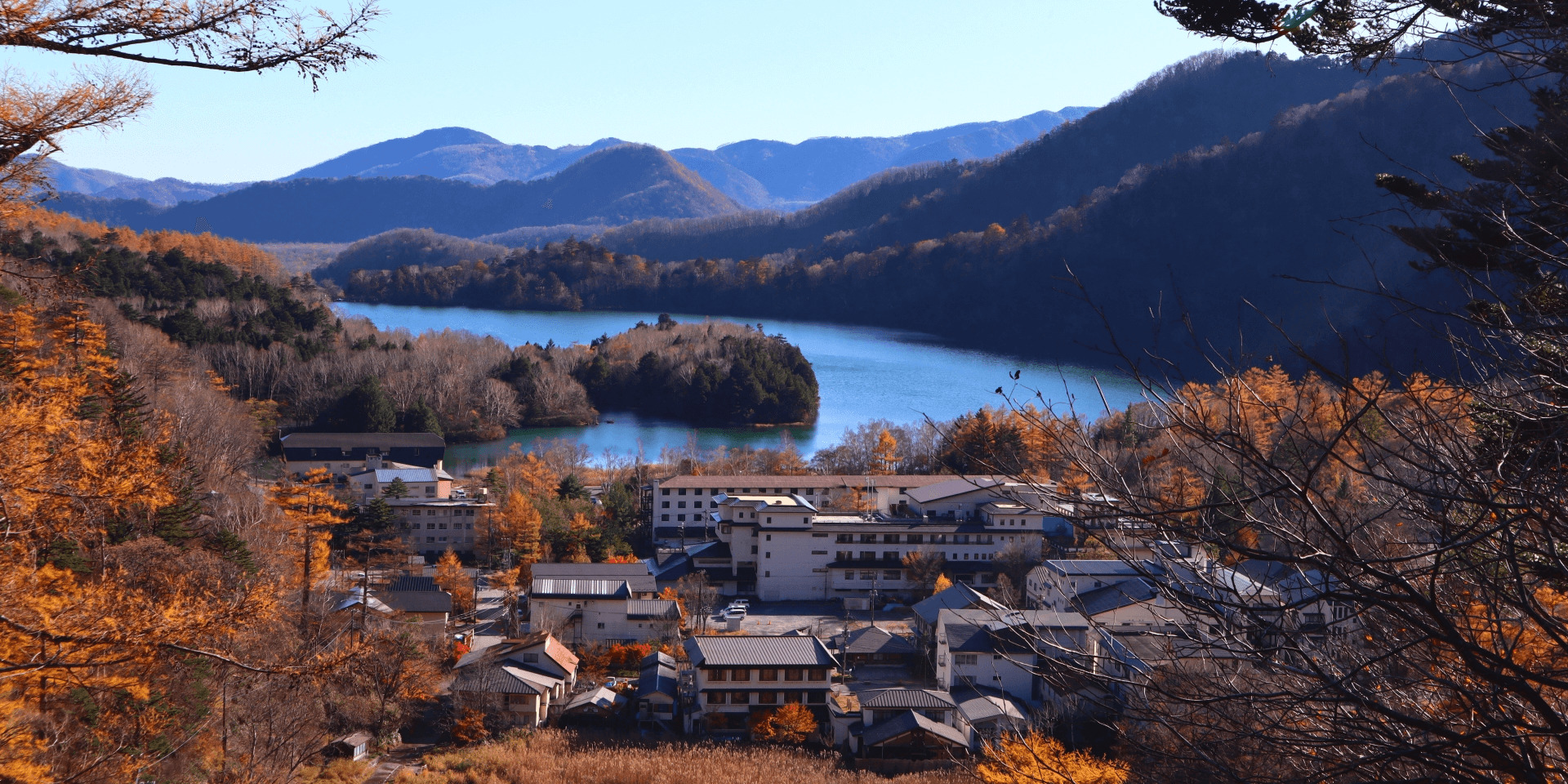
Yumoto Onsen is part of the larger Oku-Nikko area; an area that boasts many beautiful outdoor destinations and some lovely hot springs. While Yumoto is small, it offers a collection of good accommodation at reasonable pricing, best-suited to visitors looking to go a little more secluded on their visit to Nikko or those intending to hike up Mount Nikko-Shirane. For more information including accommodation listings, see our ‘Nikko-Yumoto Onsen Area’ hotel page.
KINUGAWA ONSEN AREA
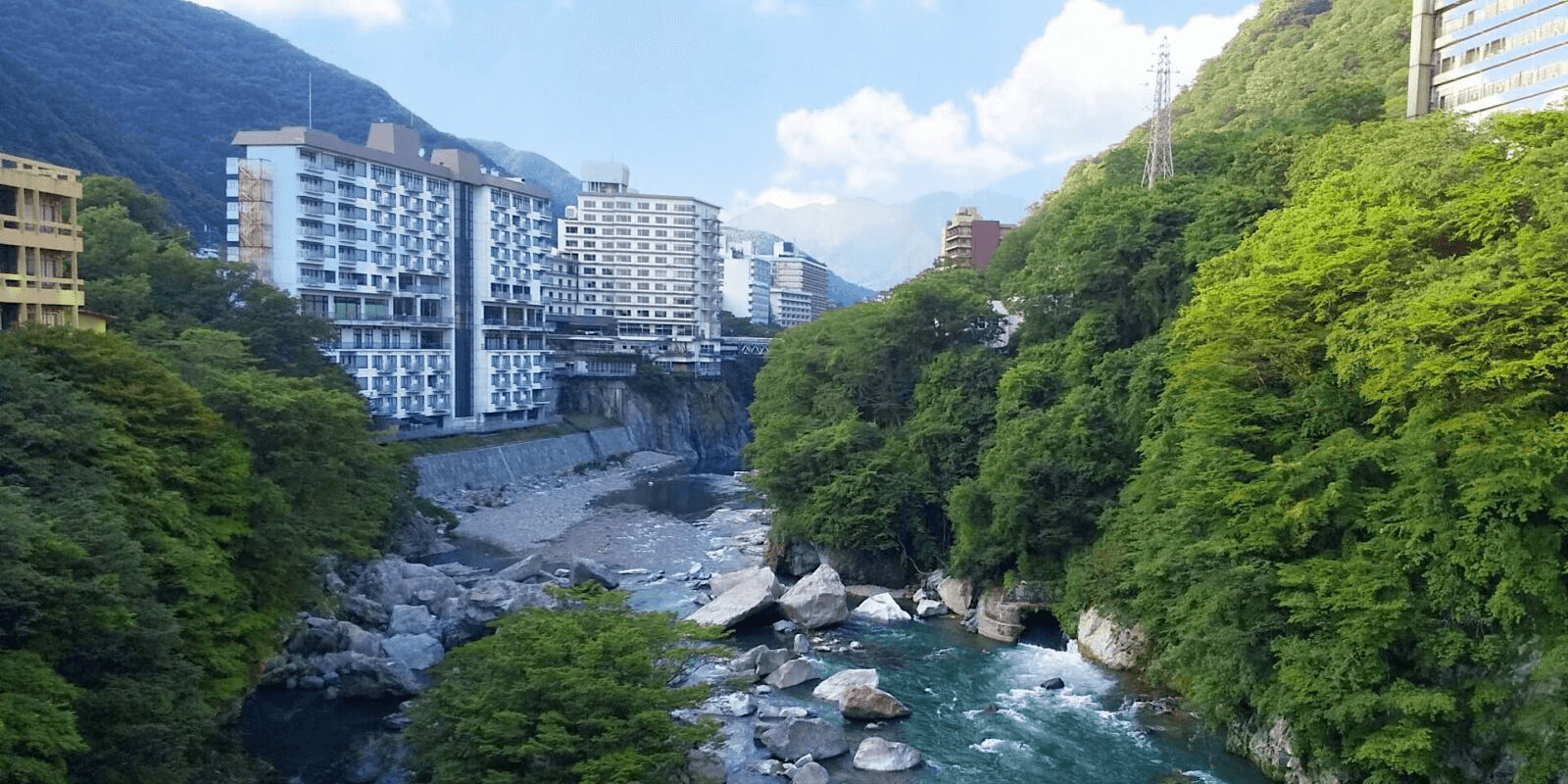
Named after the Kinugawa River or ‘Angry Demon River’ by which it stands, Kinugawa Onsen is another of the region’s popular hot spring towns located around 20km from the shrine and temple complex. The surrounding area is beautiful with the river offering some truly beautiful scenery as it forges its way through the forested landscape and rugged gorges. River cruises are available from April to mid-November, a great way to enjoy the river and especially during autumn. The town itself is dominated by large hotels that were constructed in the 1970s and 1980s, but several of which have failed and closed in more recent years. This impacts on the overall aesthetic of the town however recent years have seen nature trails, parks and footbaths created in Kinugawa while nearby attractions including the Edo Wonderland theme park provided excellent entertainment for guests of all ages. The recent introduction of accommodation including Hoshino Resorts KAI Kinugawa also signals the town’s revitalisation as it begins to target the high-end market looking for an easy weekend escape from Tokyo. For more information including accommodation listings, see our ‘Kinugawa Onsen Area’ hotel page.
SHIOBARA ONSEN AREA
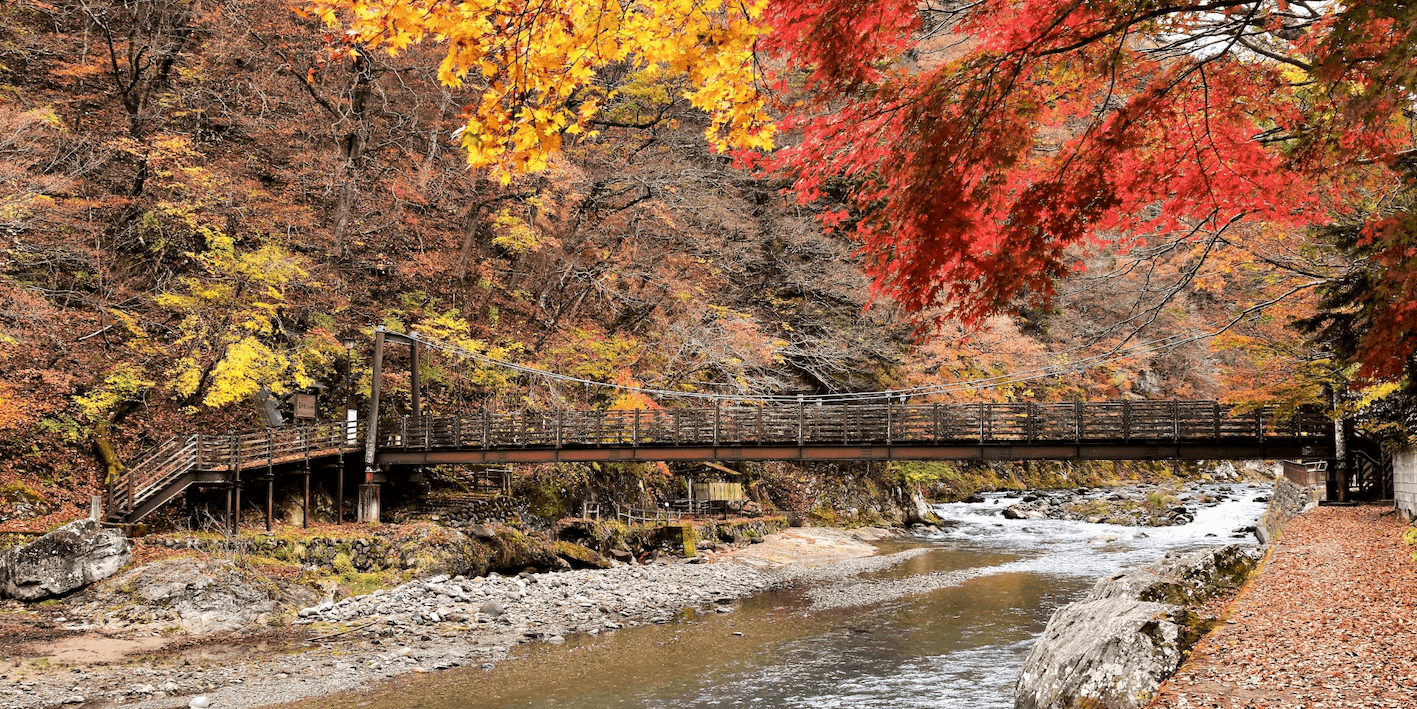
Shiobara Onsen sits around 80km / 70 minutes drive from the shrines and temples of Nikko so isn’t a good option if you’re only heading to the area to enjoy the World Heritage complex. However if you’re intending to spend time in the wider region including Nikko National Park, Shiobara Onsen offers some excellent accommodation and spectacular scenery along the Shiobara Gorge. For more than one thousand years, the healing waters of the town’s natural hot springs have been sought-out with Shiobara long-known as a place of refuge and relaxation. It features multiple large hotels along with small guesthouses from where you can easily access walking trails that lead you along the Hoki River and to numerous suspension bridges and waterfalls. Worth visiting anytime of year, Shiboara Onsen is a its best in October and November when the autumn colours put on a spectacular show. or more information including accommodation listings, see our ‘Shiobara Onsen Area’ hotel page.
GETTING TO & AROUND NIKKO
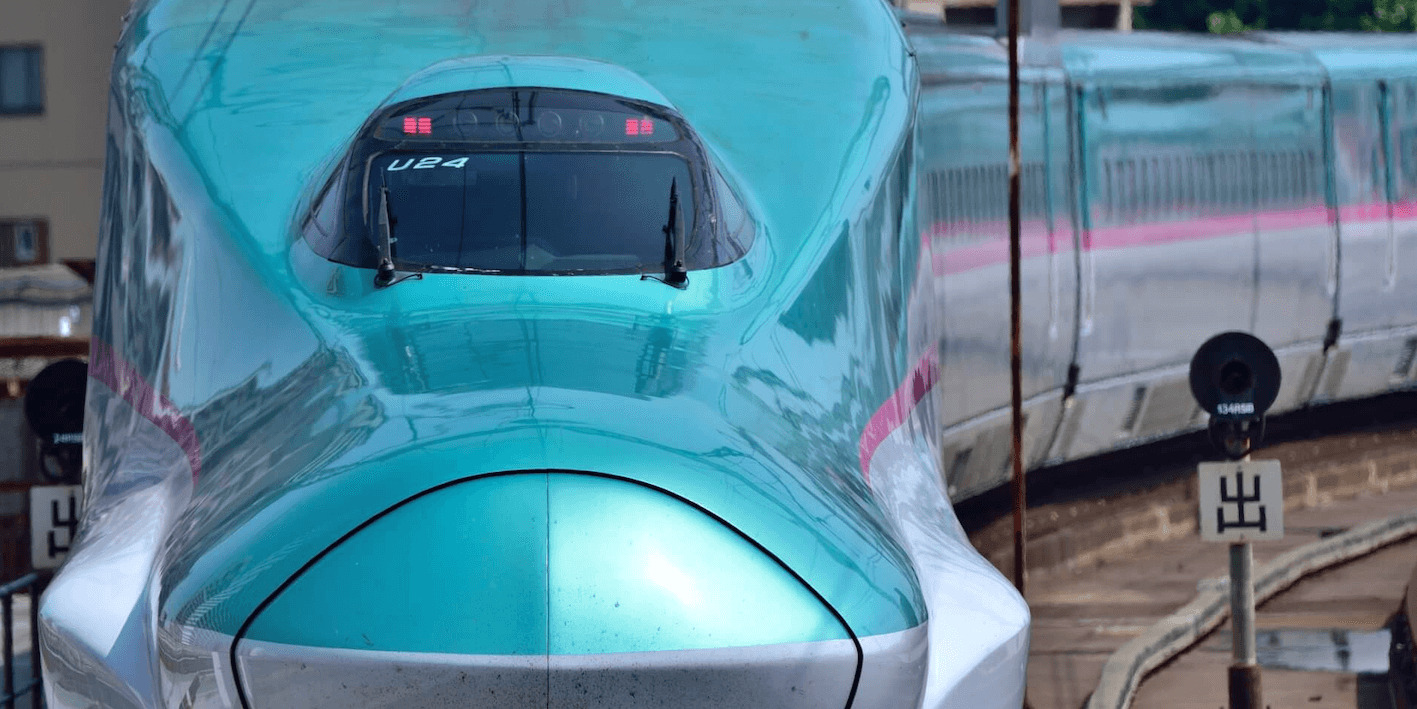
Nikko sits around 160km / 2 hours to the north of Tokyo and is easy to get to using train services running from the capital and other locations. Once in Nikko, bus services operate to and from the most popular destinations with the ‘Nikko Pass All area’ available to visitors. For complete information, see our ‘How to Get to Nikko’ page.
PLAN YOUR VISIT TO JAPAN
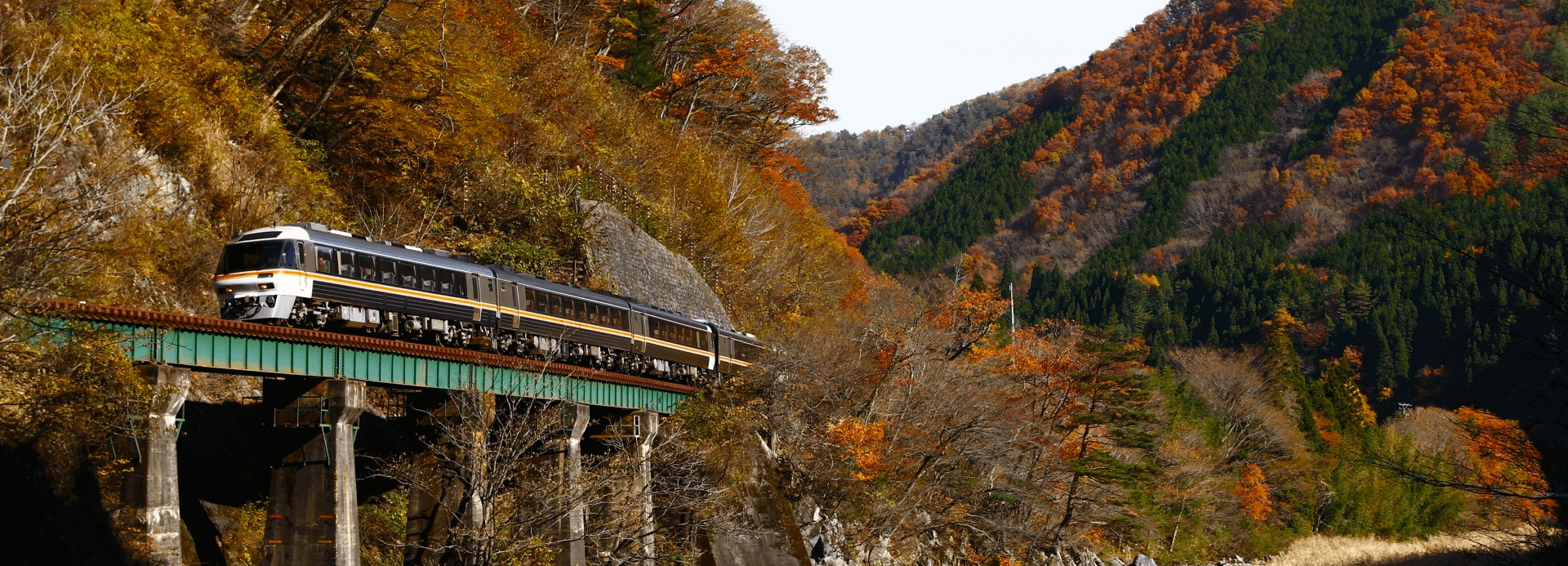

Heading to Nikko using the rail system is quick, easy and comfortable. Unfathomable in its size and efficiency, moving around the country by train opens-up all regions of Japan for exploration. Our ‘Plan Your Visit’ page has everything you need to know about visiting Japan – from tips on the best time to travel, times to avoid, entering and exiting the country, money matters, staying connected, accommodation, staying safe and healthy and plenty more to ensure that you get the most out of your time here.














